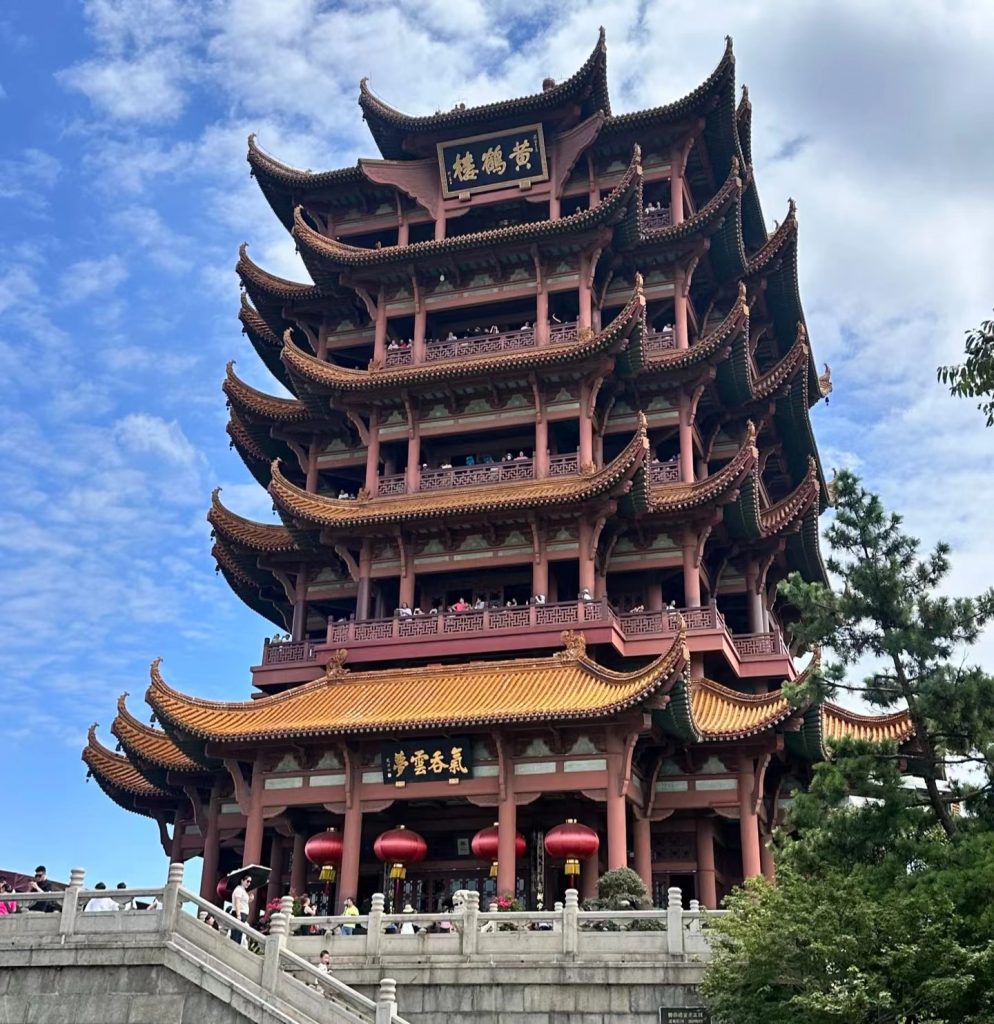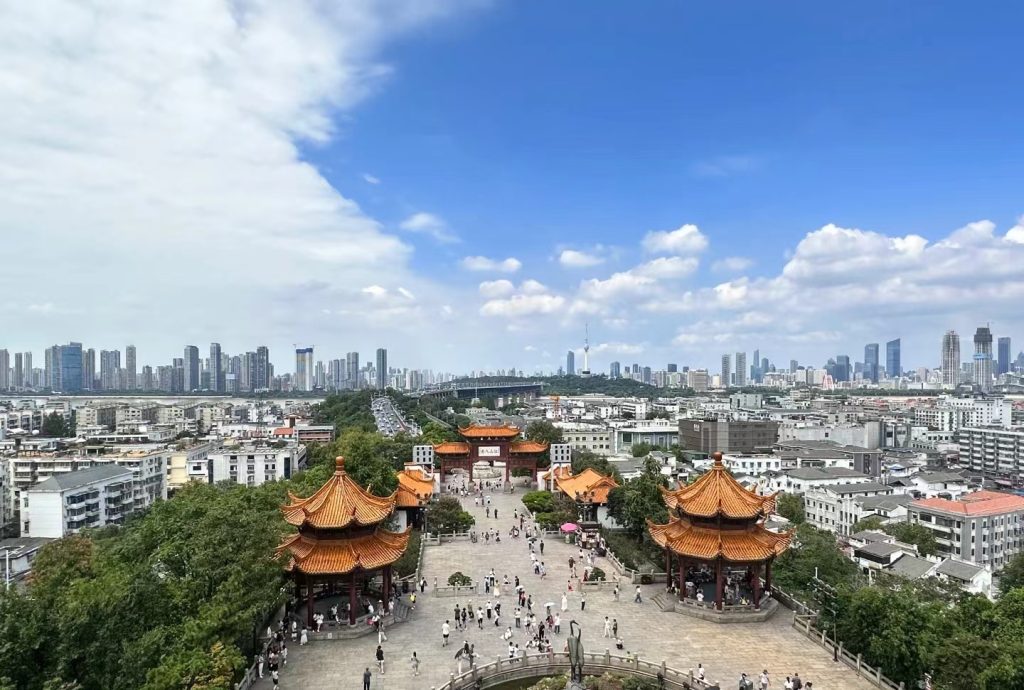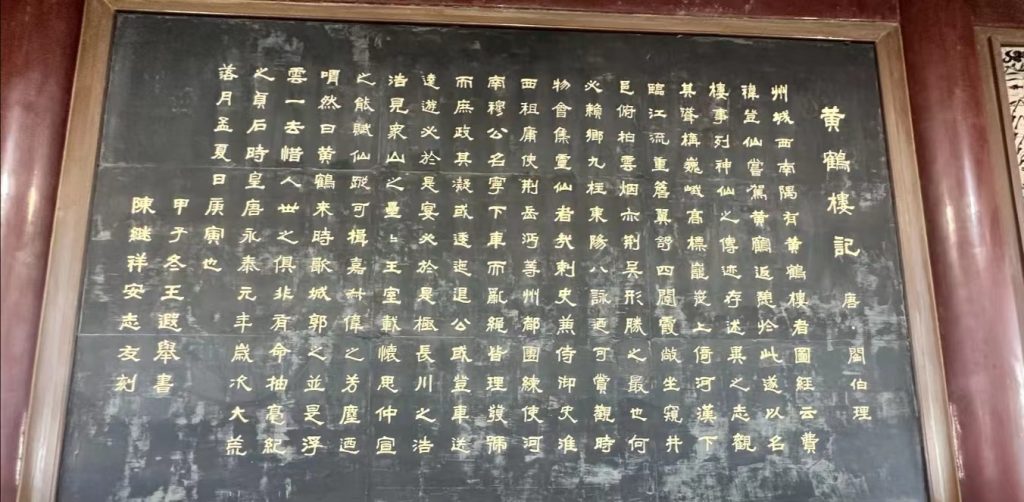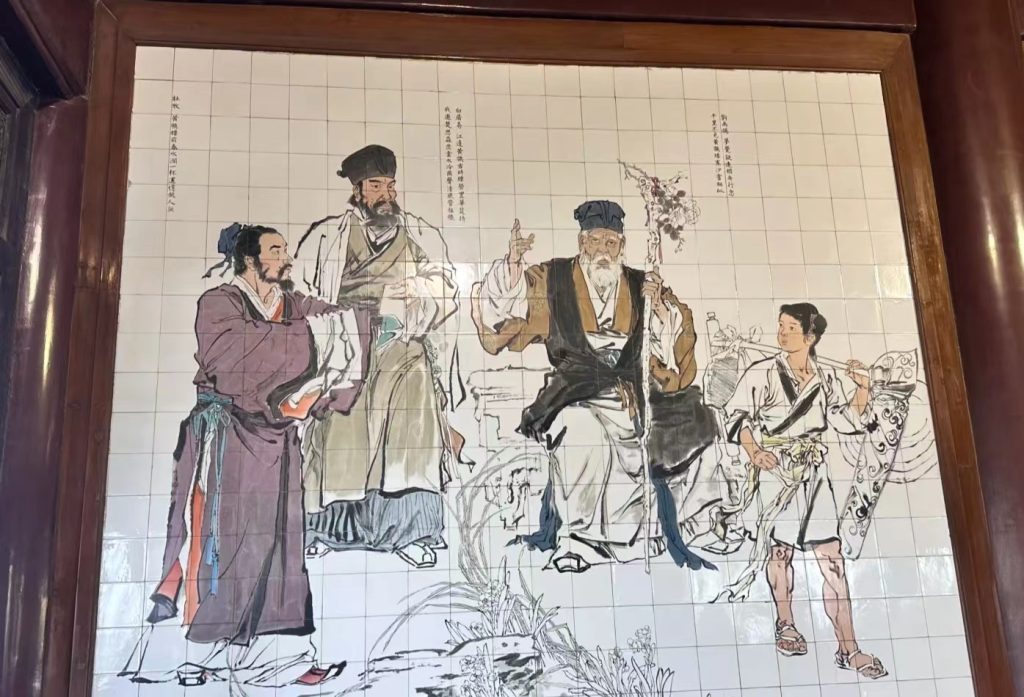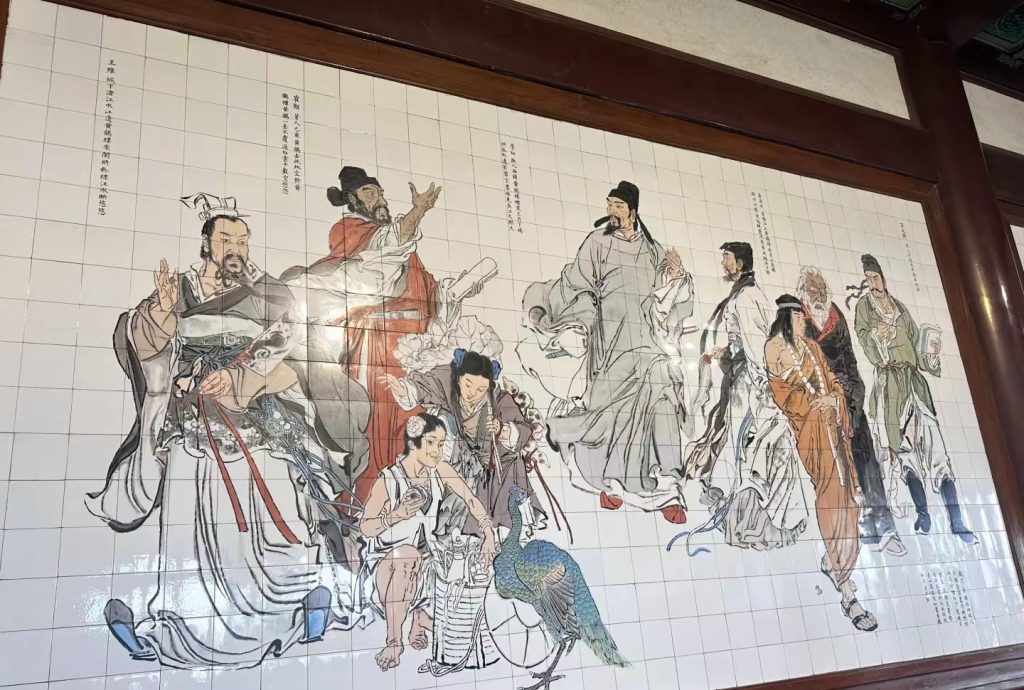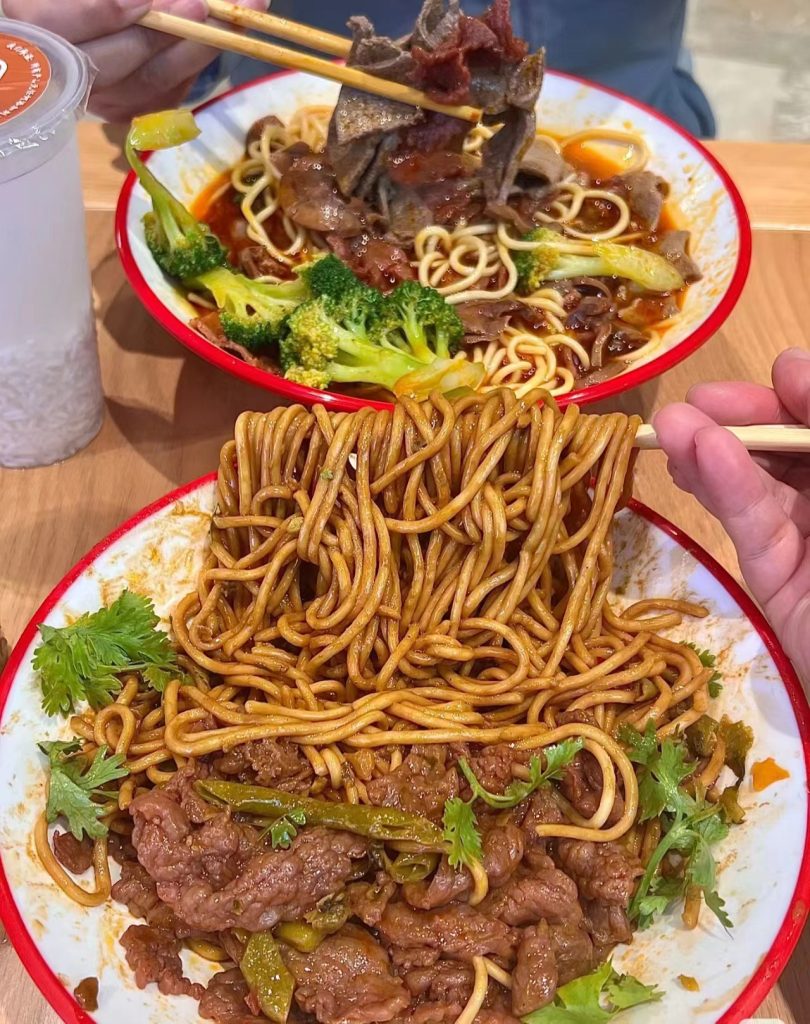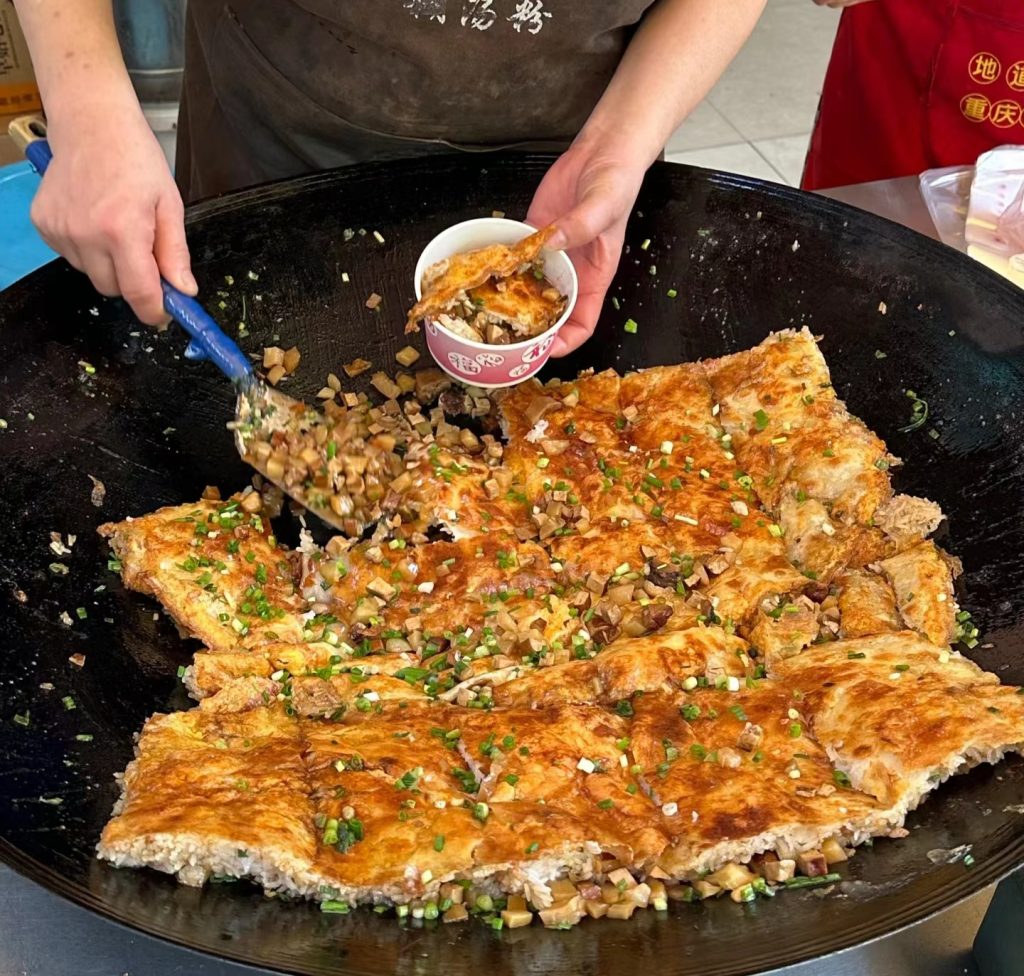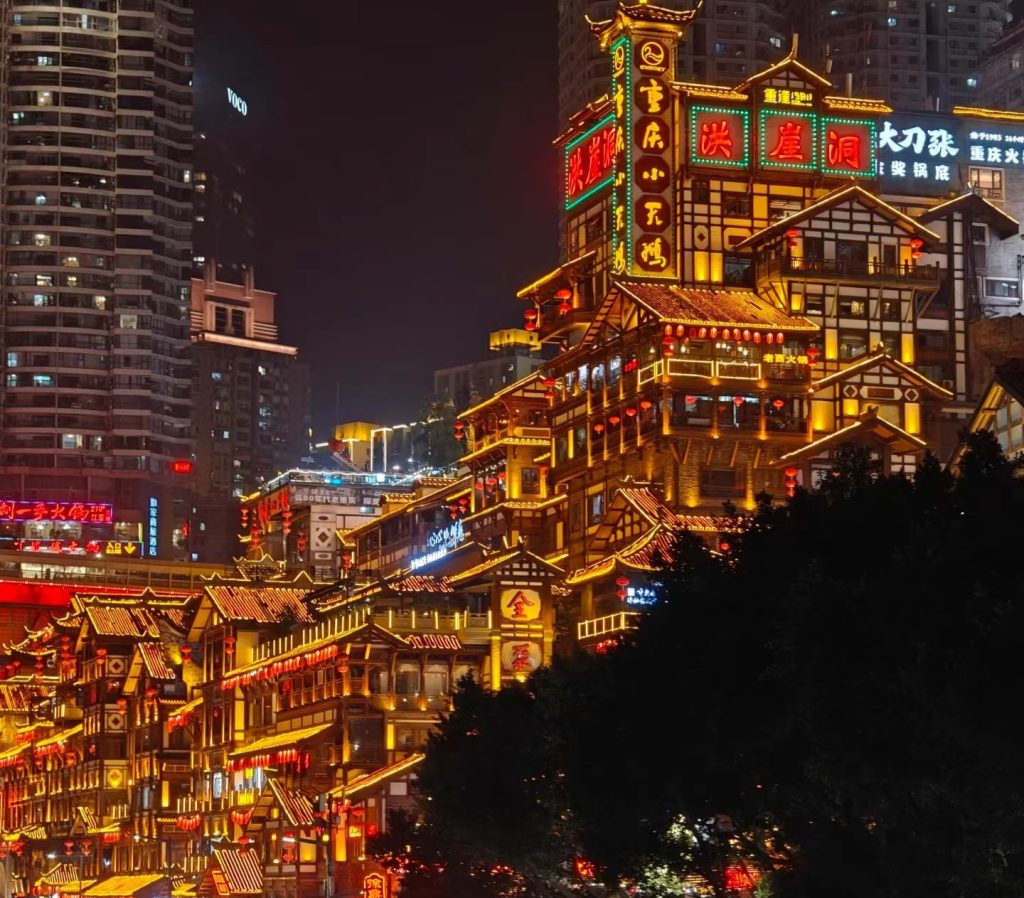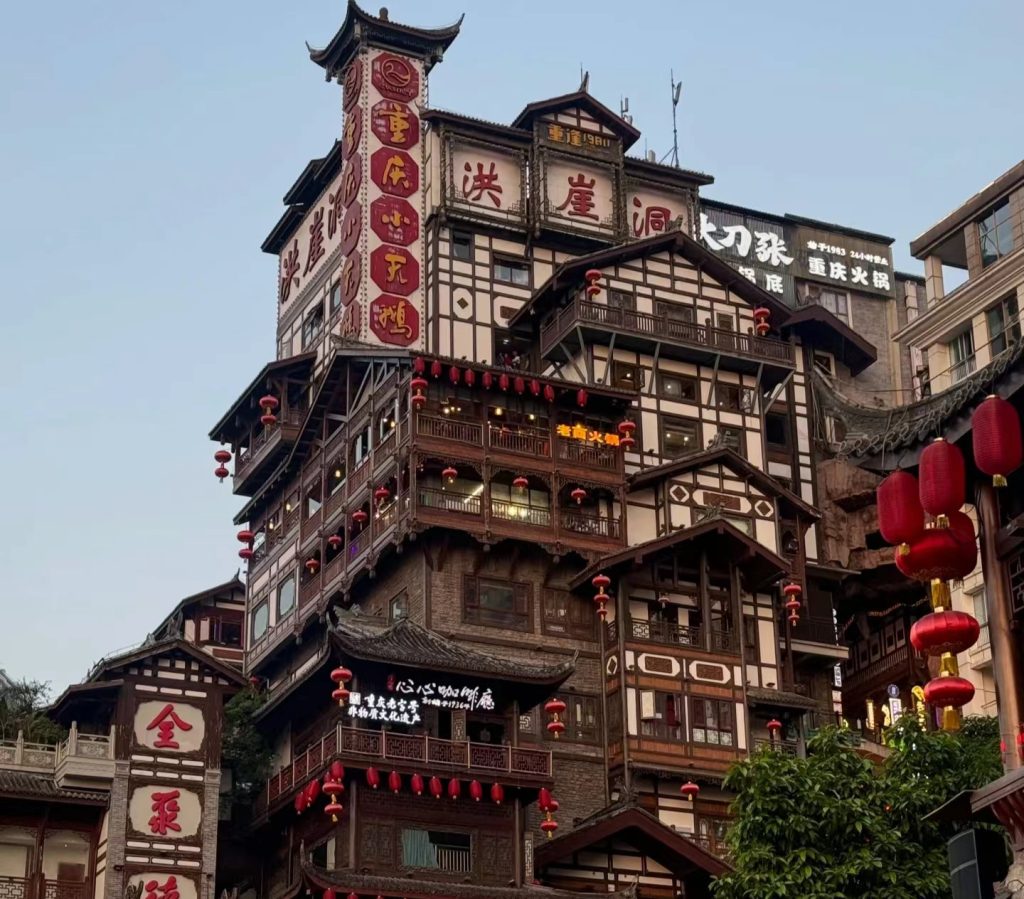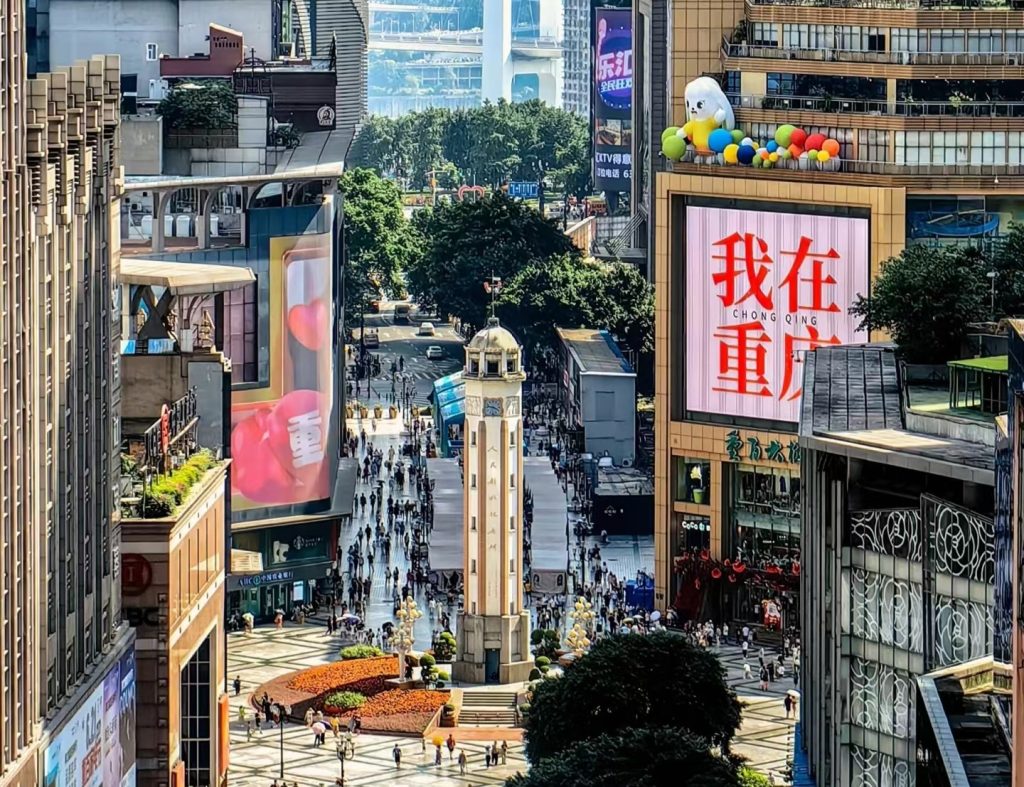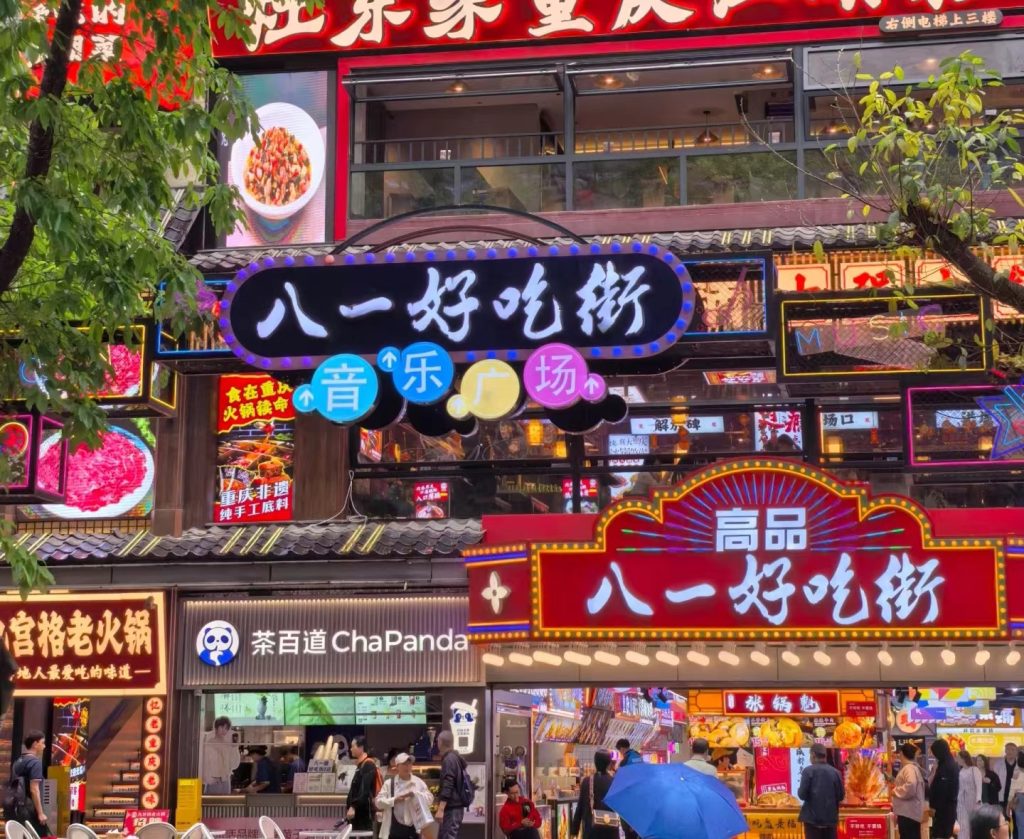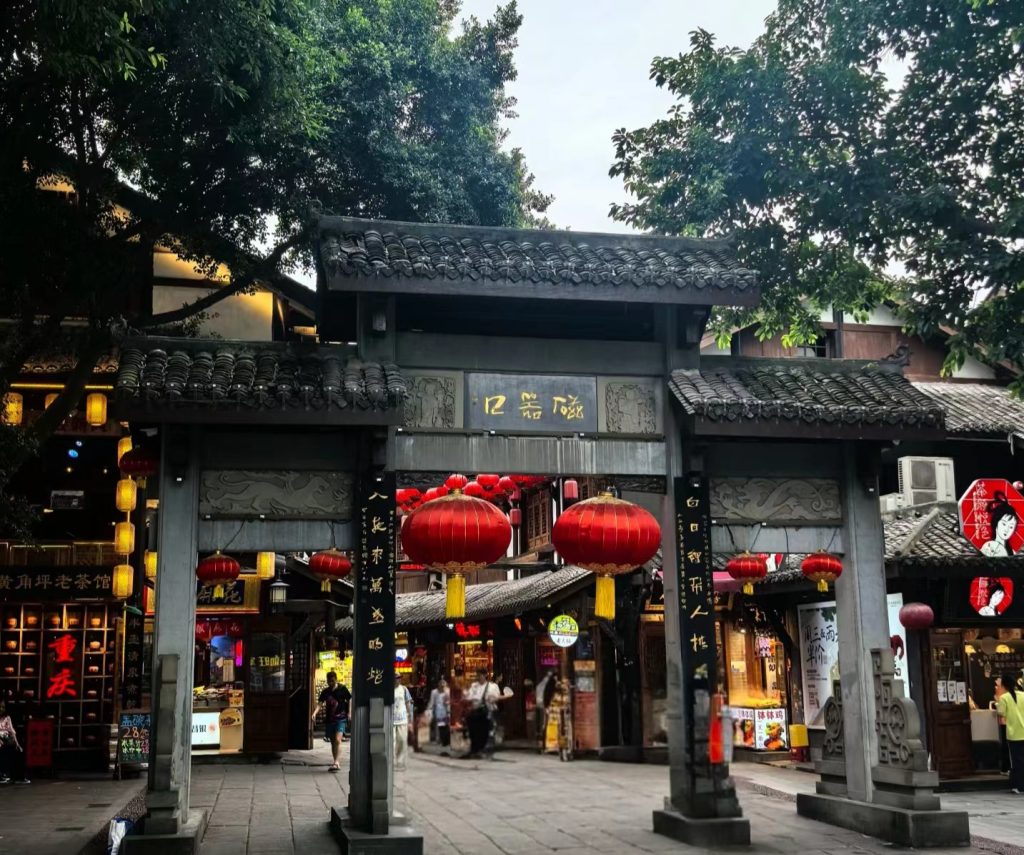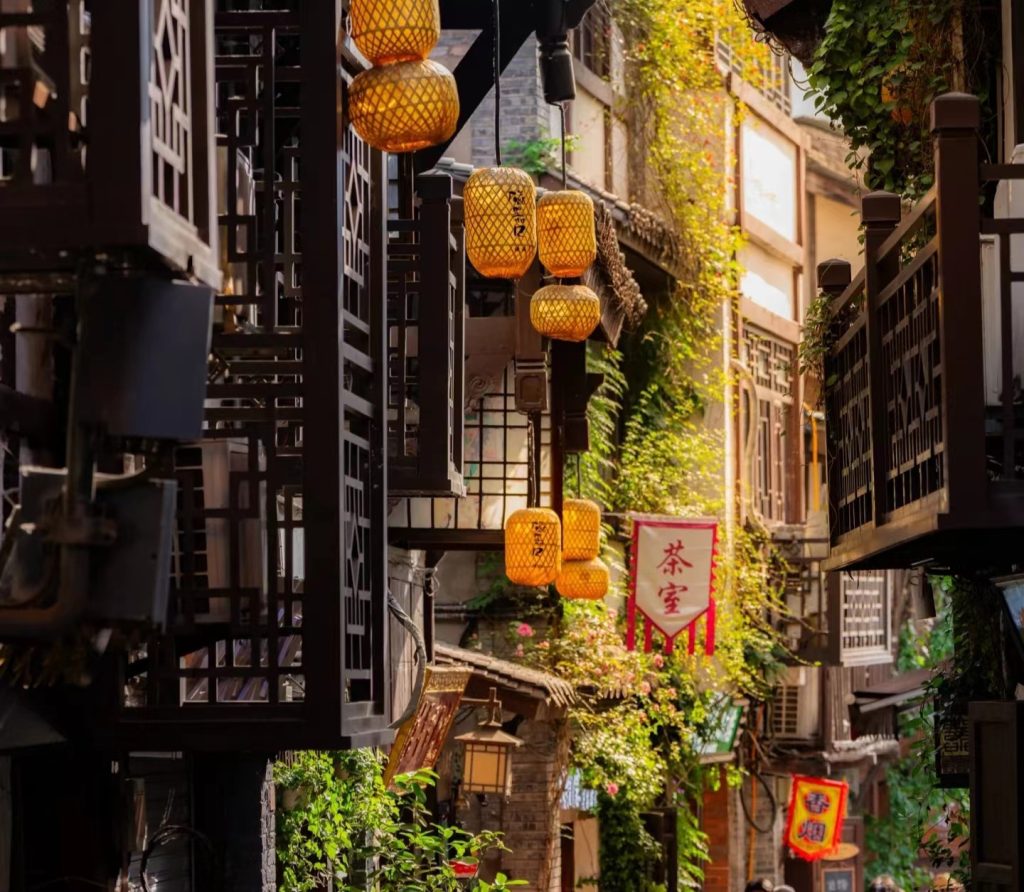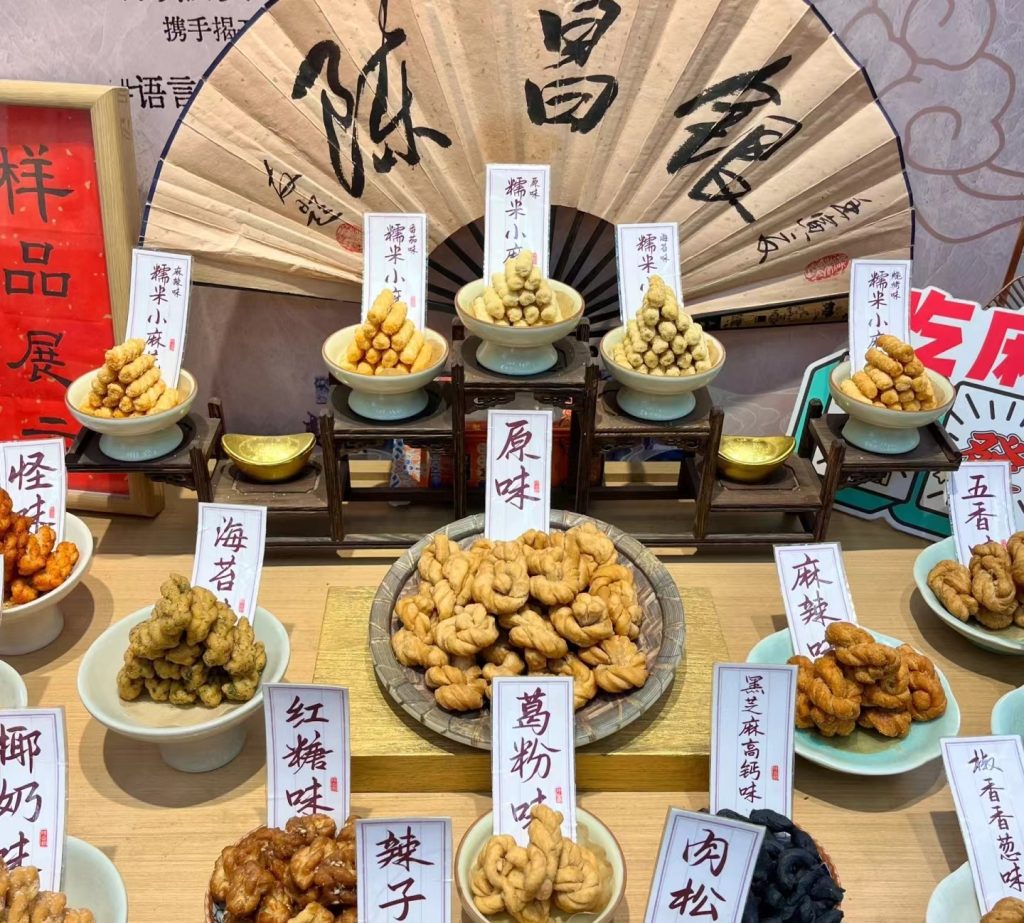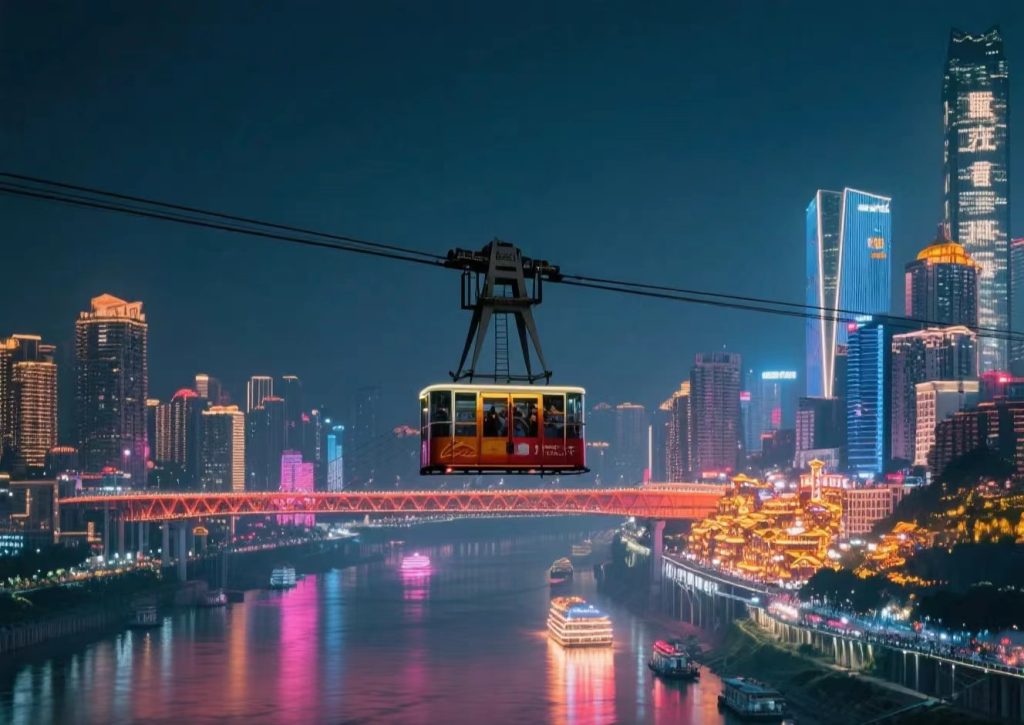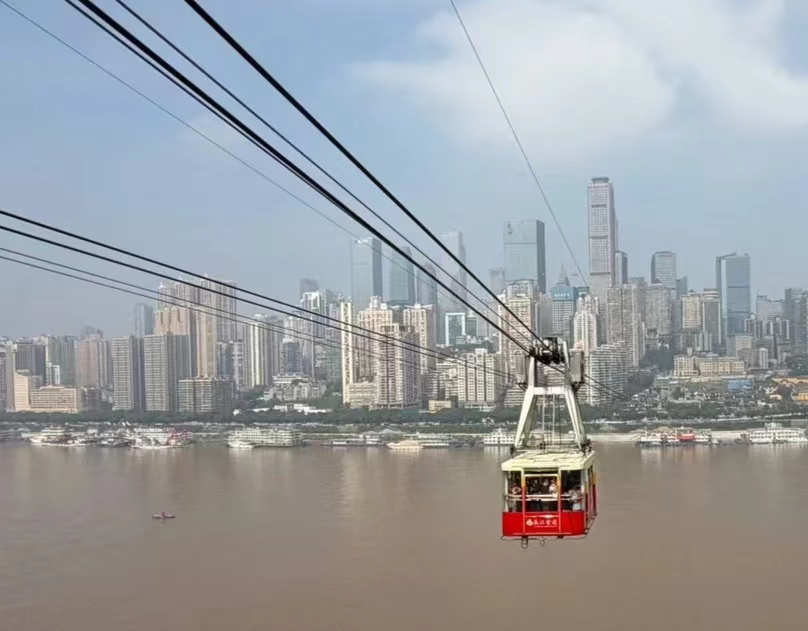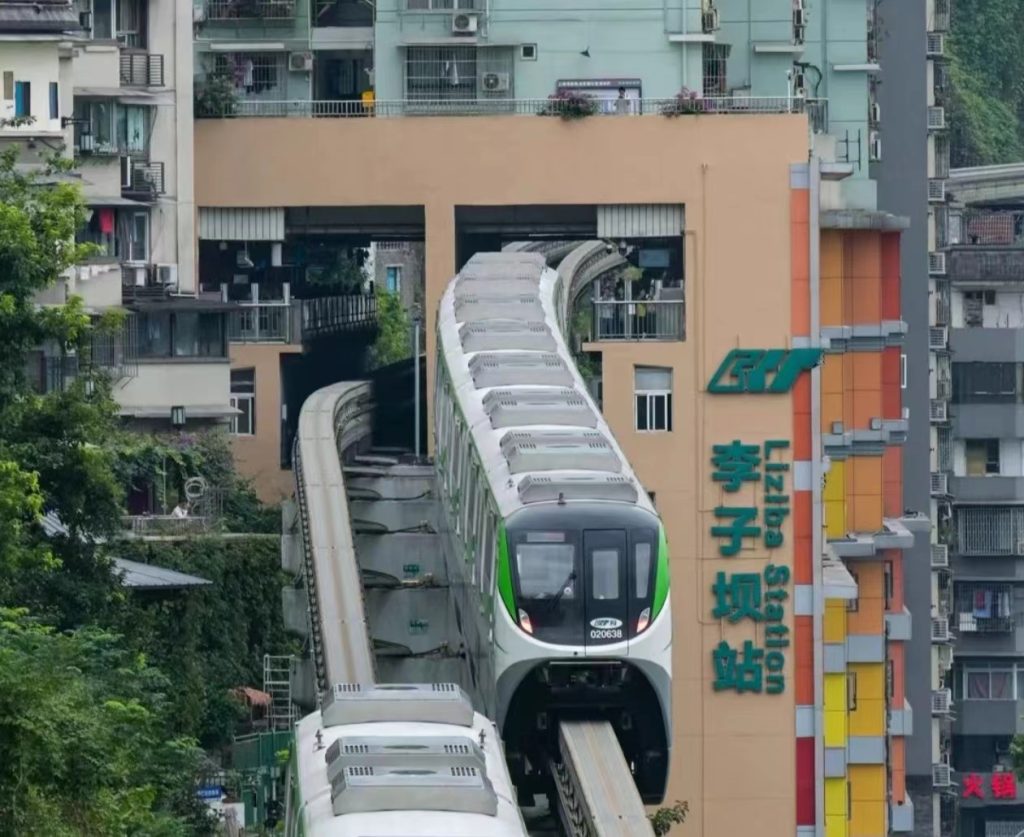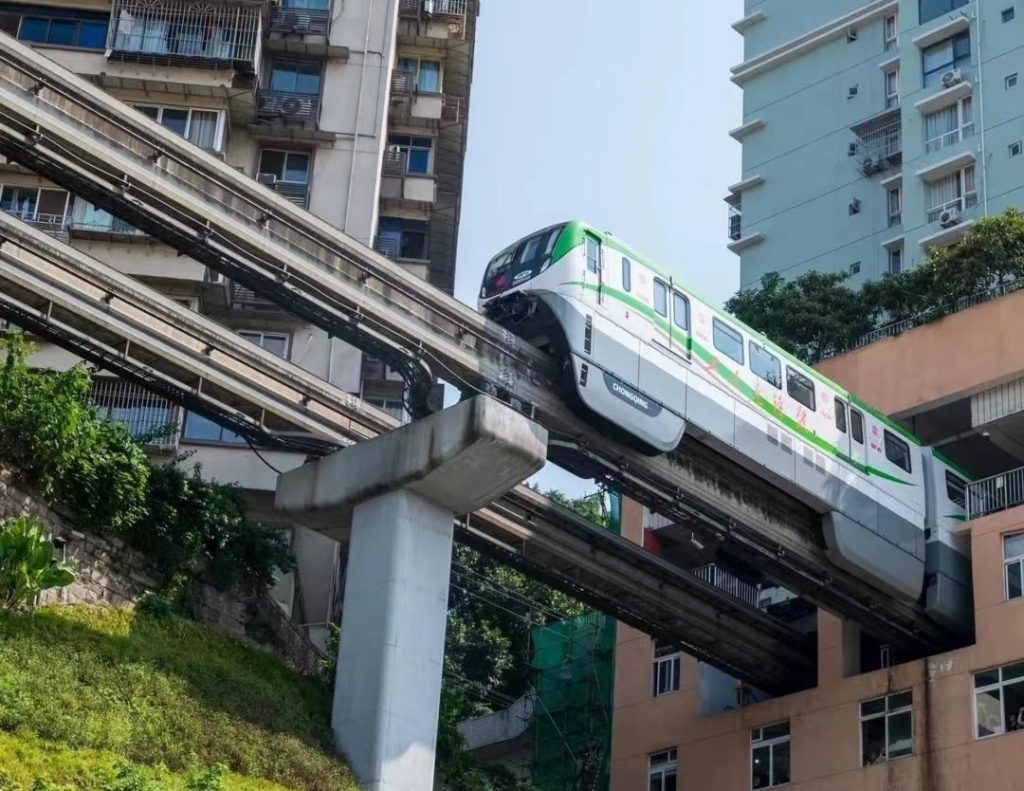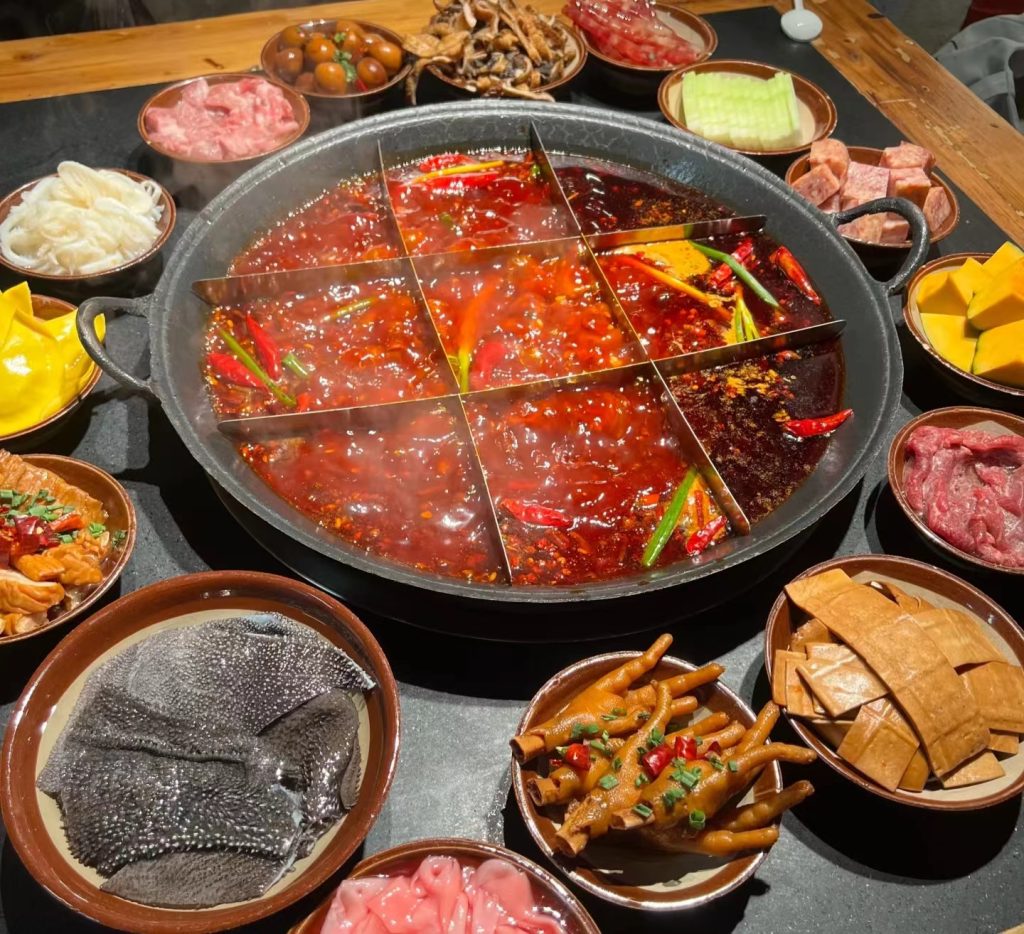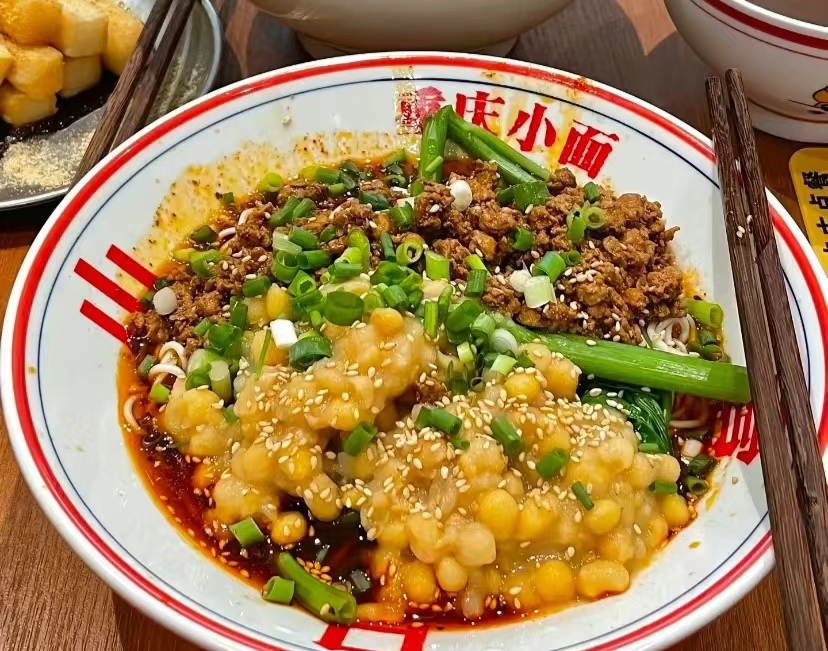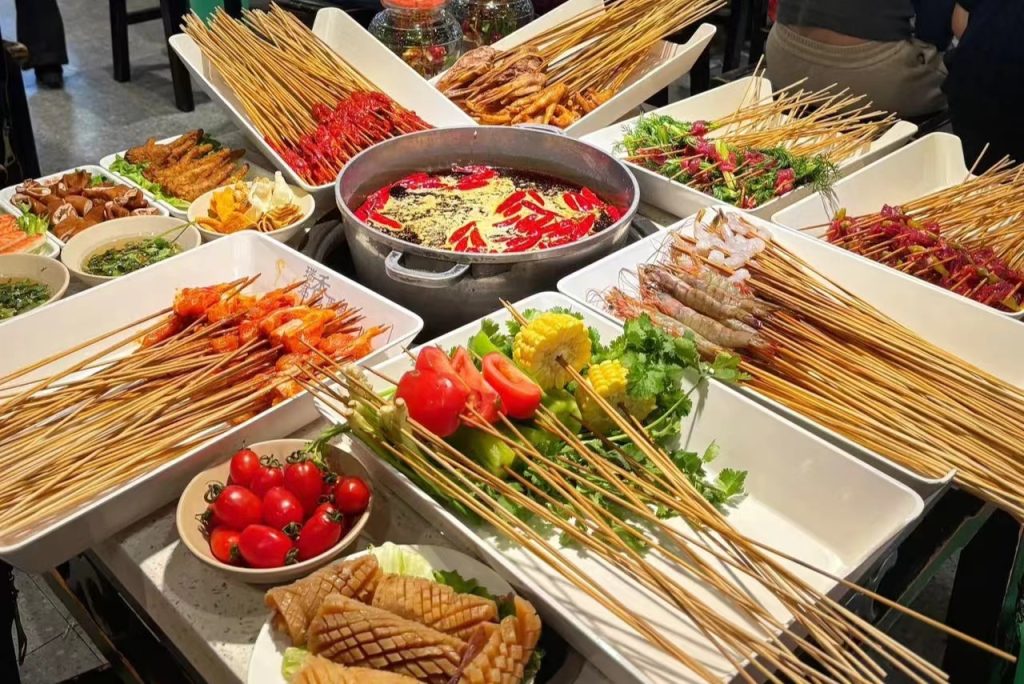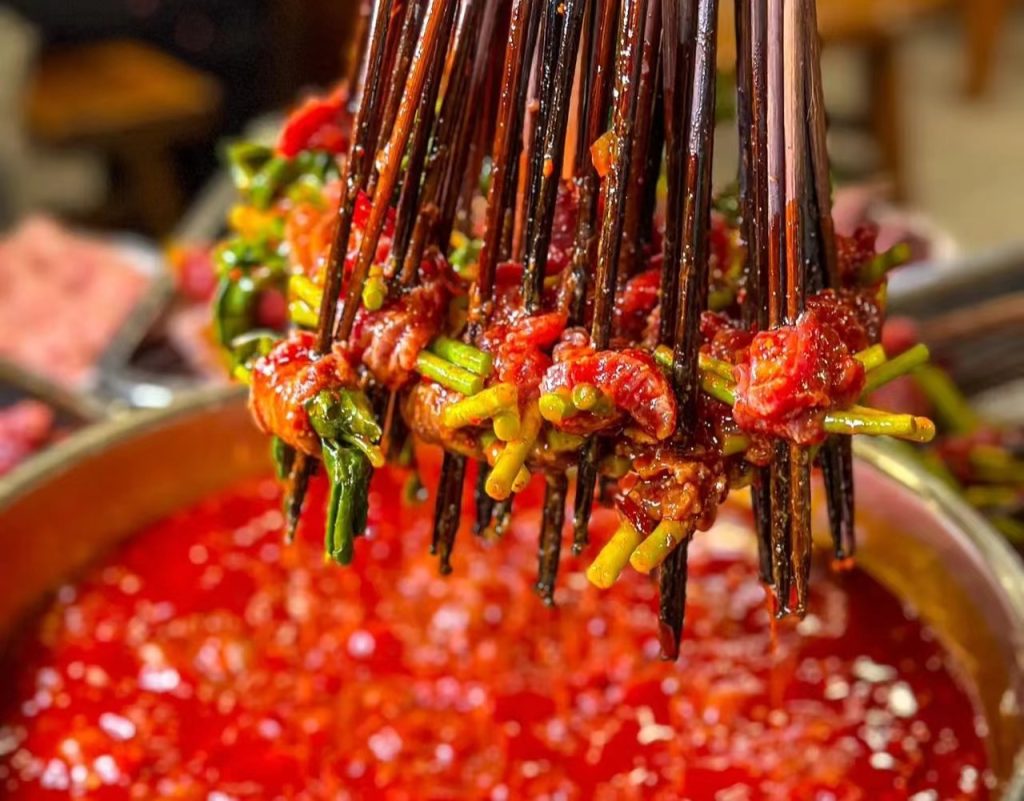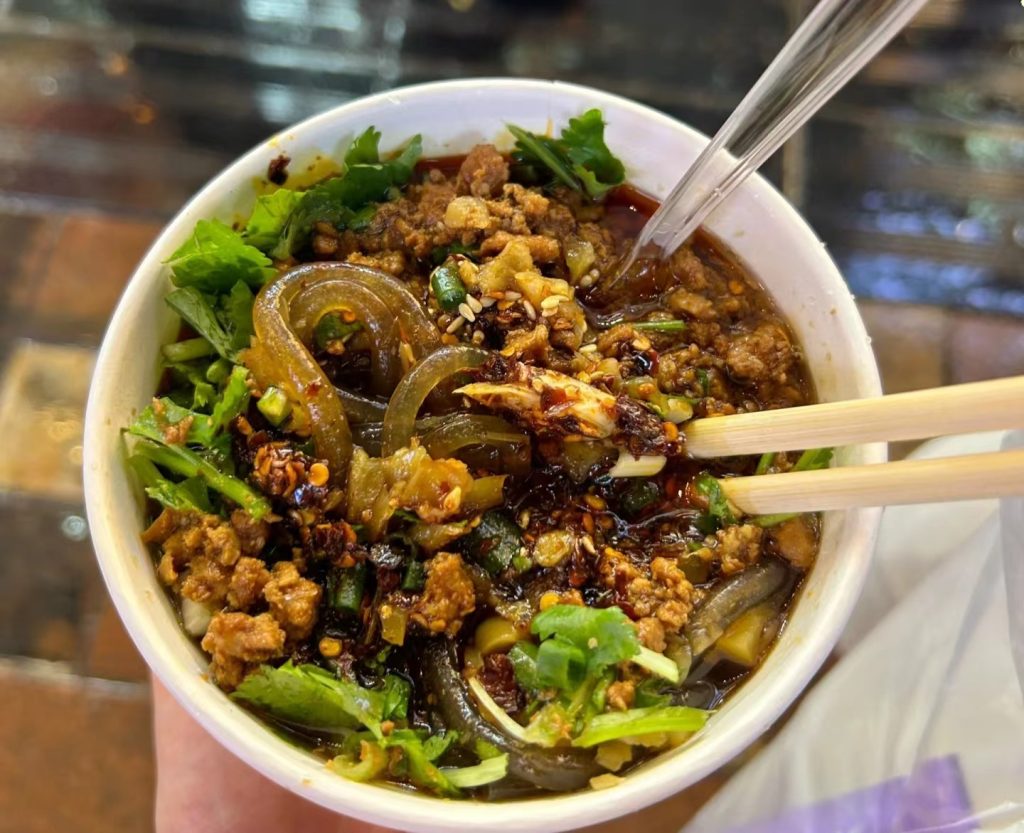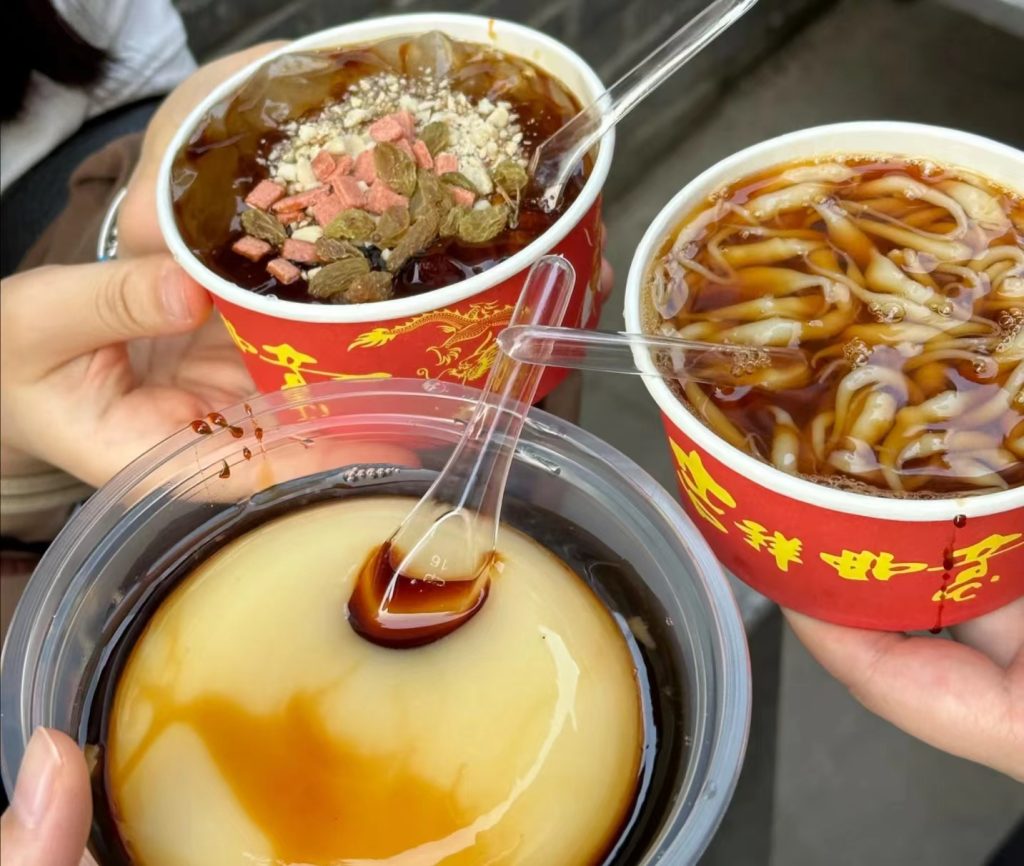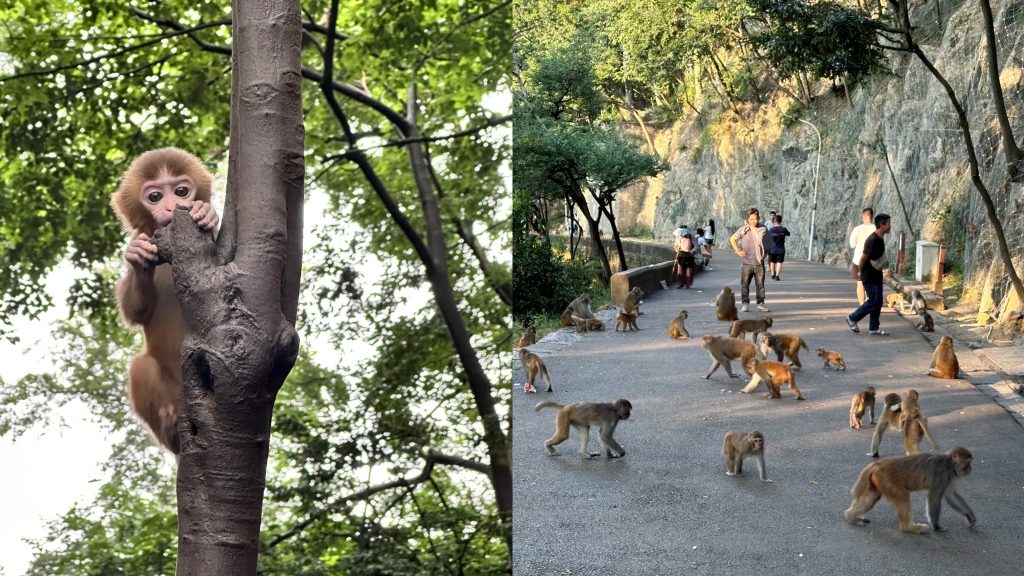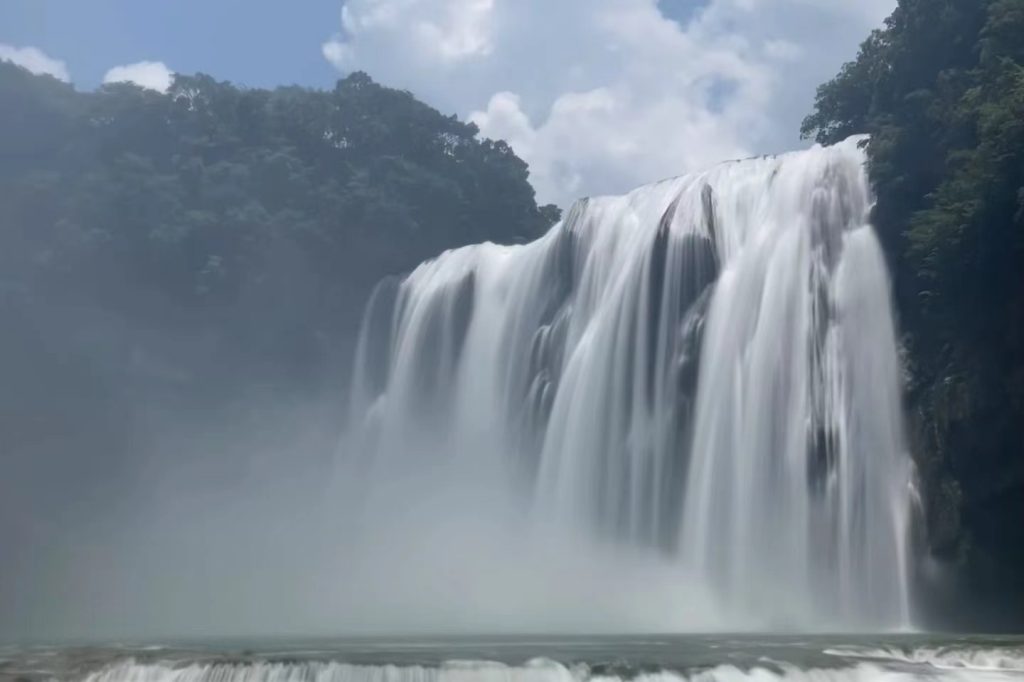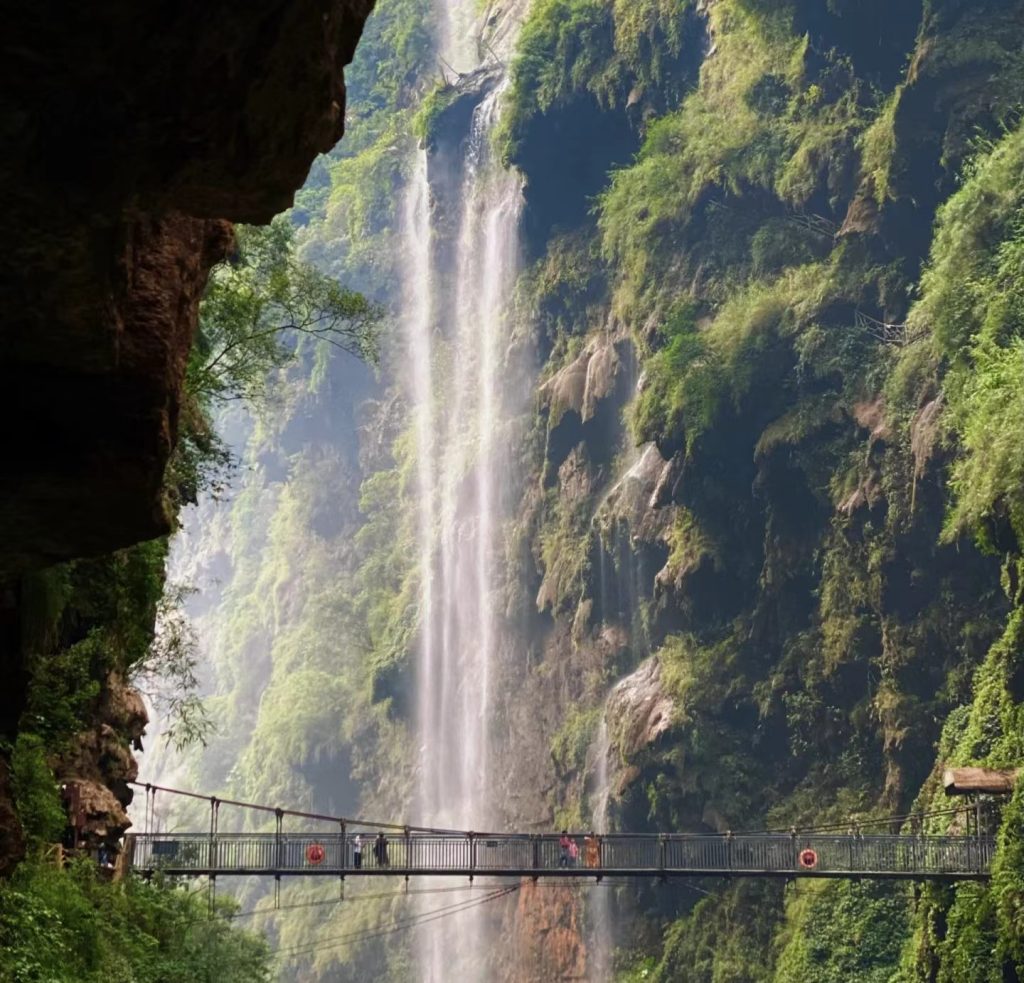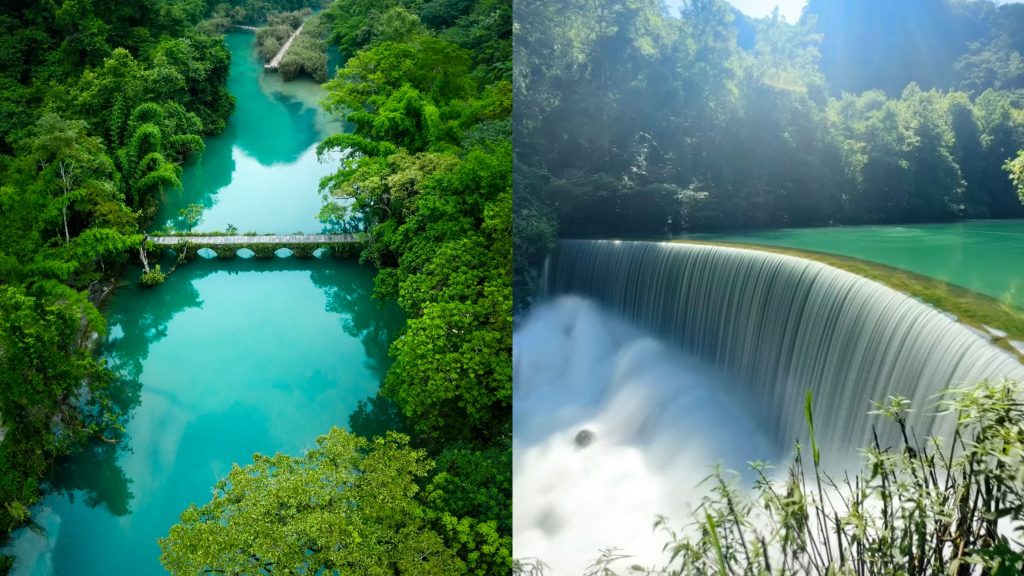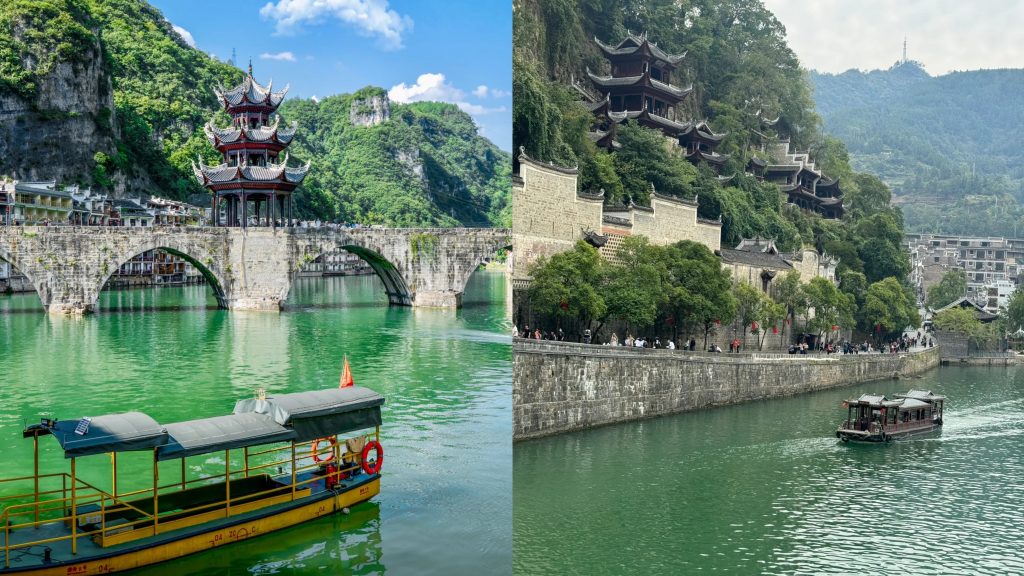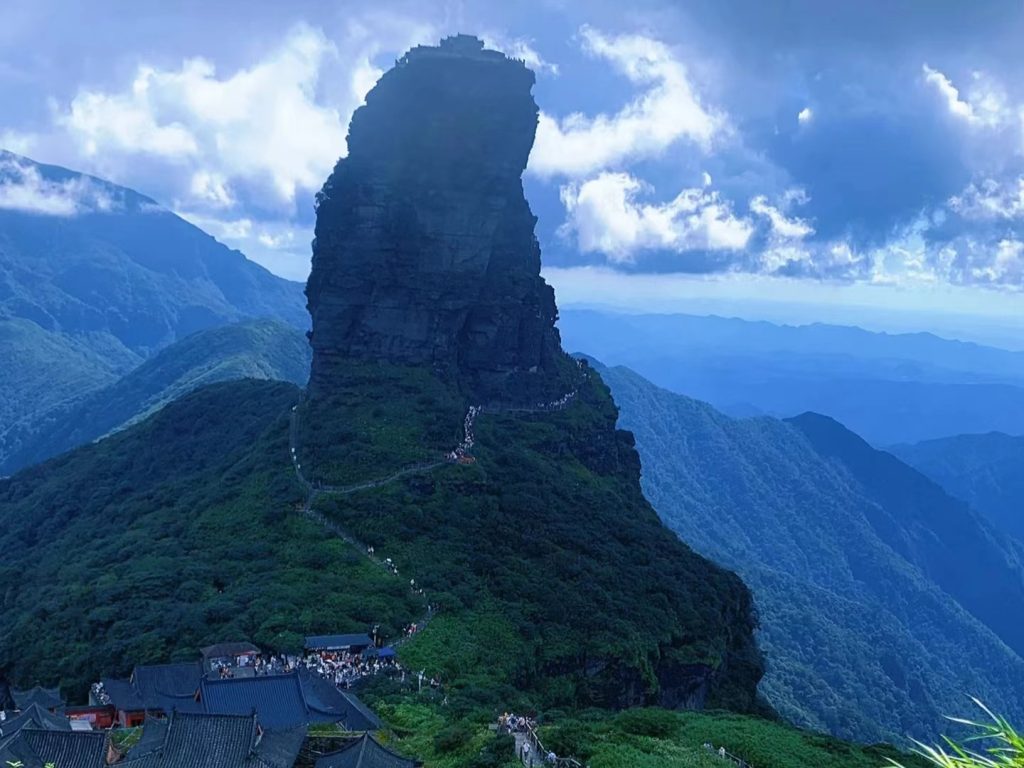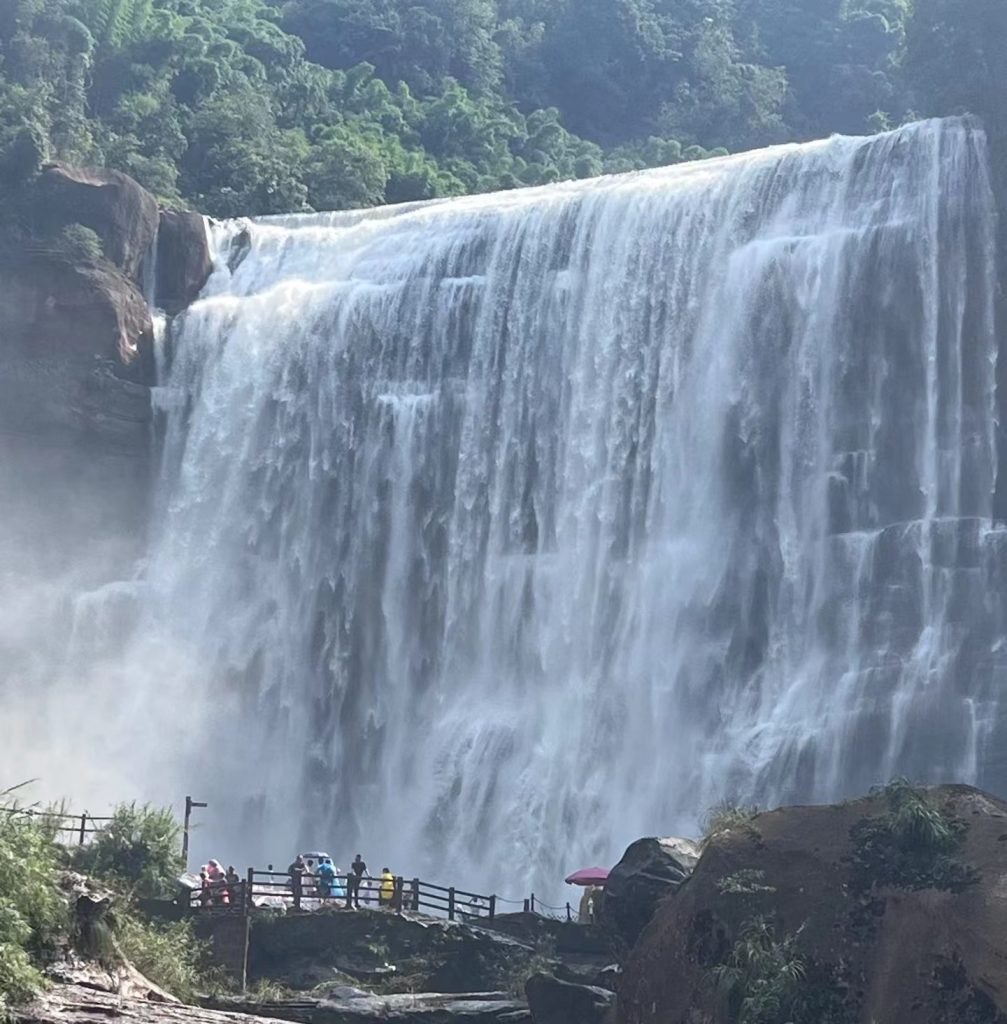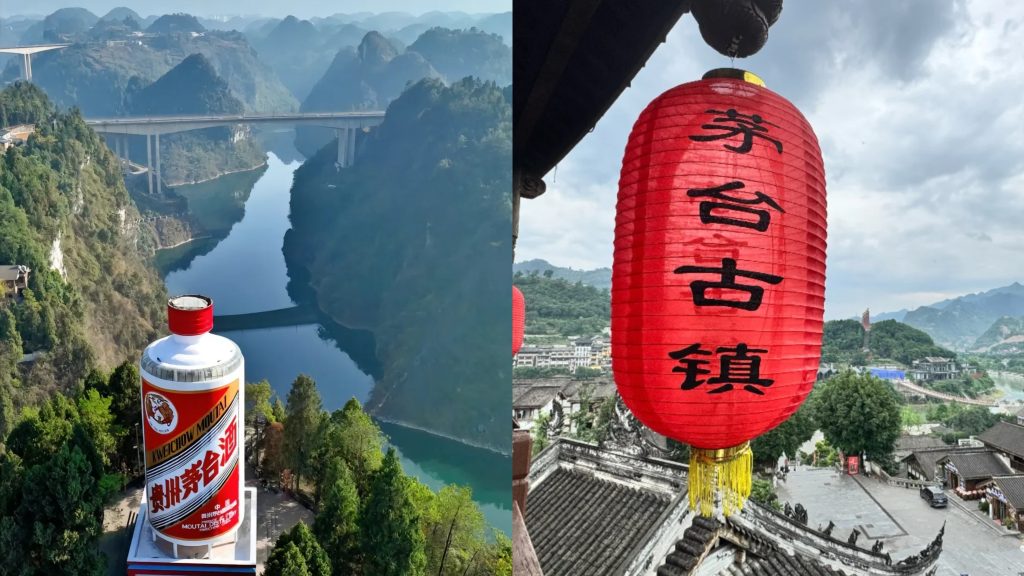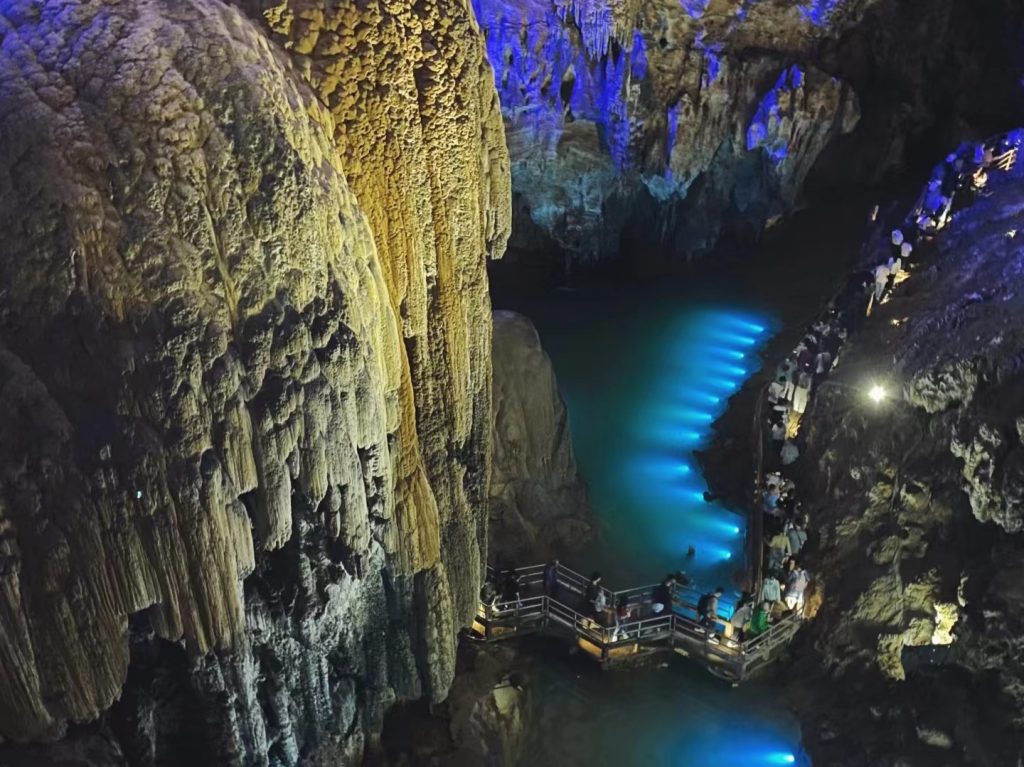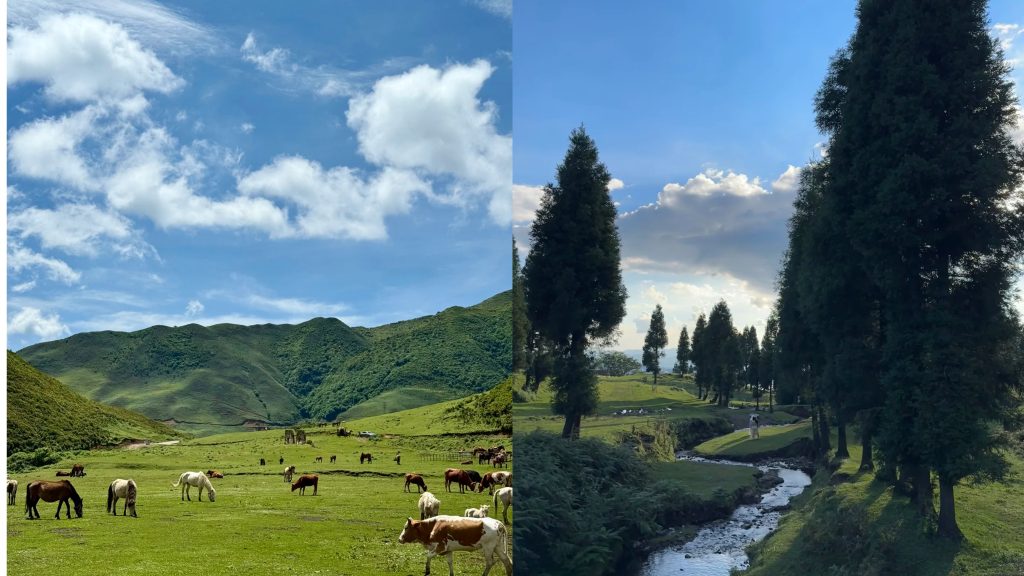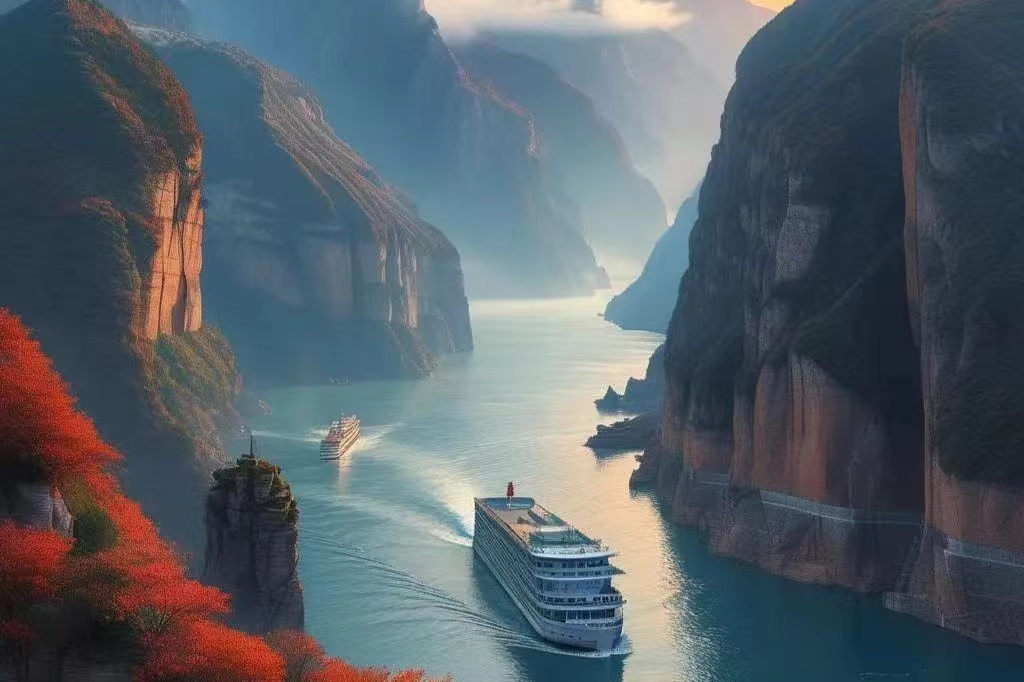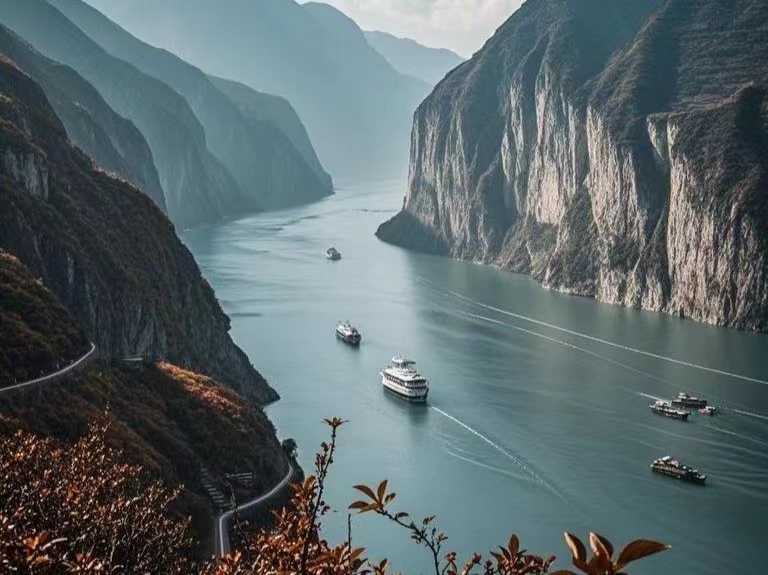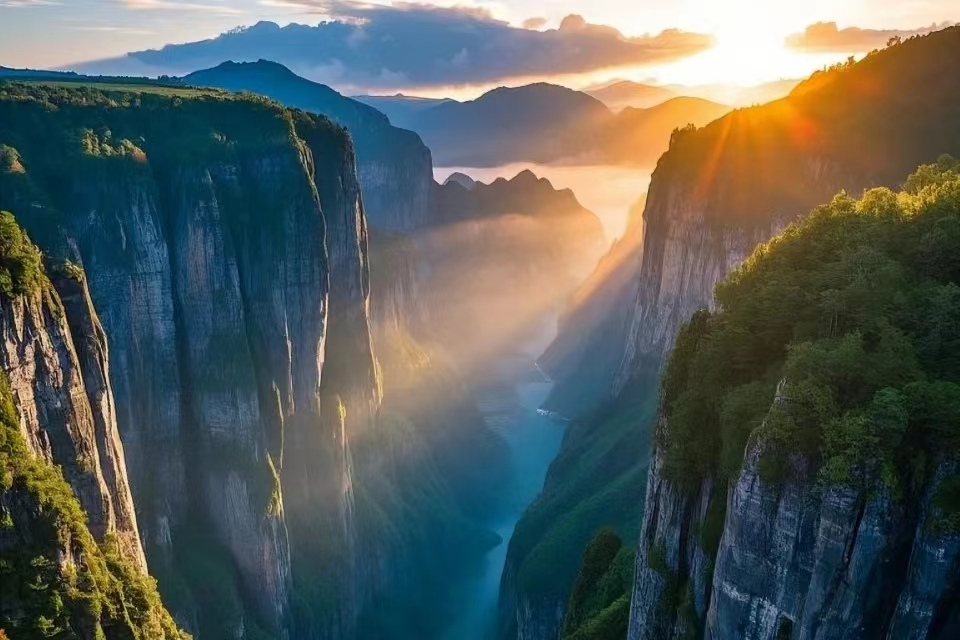If there’s one place in China that has captured my heart, it’s definitely Chengdu, the capital of Sichuan Province. Famous for its vibrant food scene, rich culture, and laid-back lifestyle, Chengdu offers a perfect blend of history and modernity. Whether you’re planning your first trip to China or you’ve already explored other cities, Chengdu promises an unforgettable experience.
First Impressions of Chengdu | Sunshine and Friendly Locals
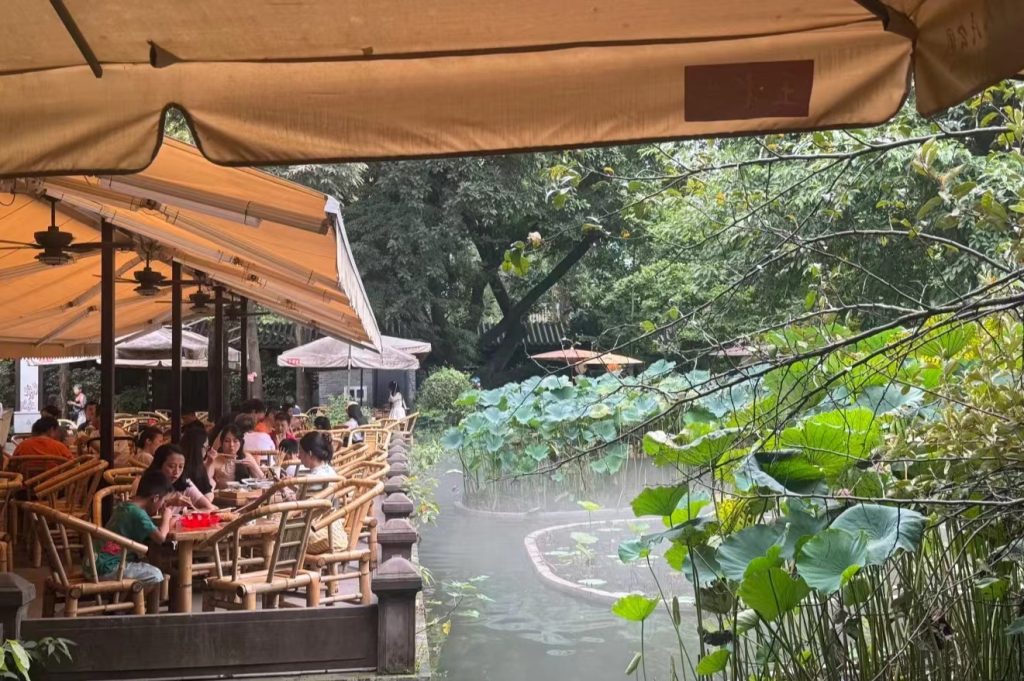
Unlike the hustle and bustle of many big cities, Chengdu has a relaxed pace that immediately puts you at ease. Strolling through the wide and narrow alleys (Kuan Zhai Xiang Zi) in the city center, I couldn’t help but slow down and soak in the atmosphere. The cobblestone streets, ancient courtyard houses, and tea shops on every corner gave me a sense of stepping back in time to old Chengdu. Local residents and visitors alike gathered in cozy tea houses, sipping traditional “Gaiwan” tea, watching Sichuan opera, and chatting with friends. The slower pace of life here creates a warm and inviting vibe.
The locals are incredibly friendly, often speaking simple English or using gestures and expressions to help visitors. Don’t hesitate to ask for directions or recommendations—people are more than happy to assist you.
A Culinary Journey Through Chengdu | A Feast for the Senses
Chengdu is nothing short of a food lover’s paradise. When I first arrived, I thought Sichuan hotpot was just about the spice—how wrong I was! The food here offers far more than just heat; it’s an explosion of flavors that will leave your taste buds dancing.
Sichuan Hotpot: A Spicy Adventure
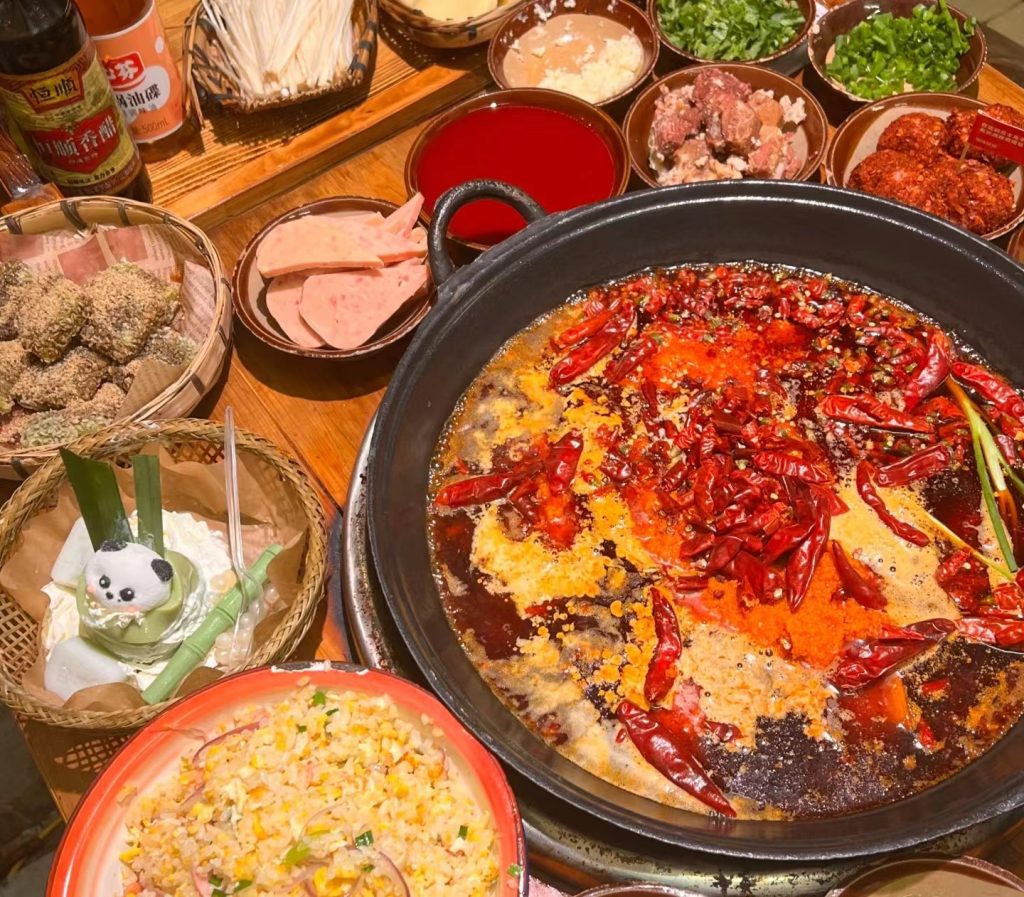
On my first hotpot experience at a local restaurant on Jinli Ancient Street, the first thing that arrived was a steaming pot of broth made from a mix of spices and medicinal herbs. The aroma hit me instantly. It wasn’t just spicy, it was a complex blend of numbing, fragrant, and savory flavors—what locals call “Málàxiānxiāng” (麻辣鲜香). Once you taste it, you’ll understand why people can’t get enough of it.
Tip: If you can handle the spice, a must-try is the Yuan Yang Hotpot—a divided pot with both spicy and mild broths, perfect for satisfying different tastes.
Street Snacks: Sichuan Flavor on the Go
Chengdu’s street food is also a major highlight.
- Grilled rabbit heads and legs, stinky tofu and sugar-coated fruit, each bite brings you closer to the heart of Sichuan flavors.
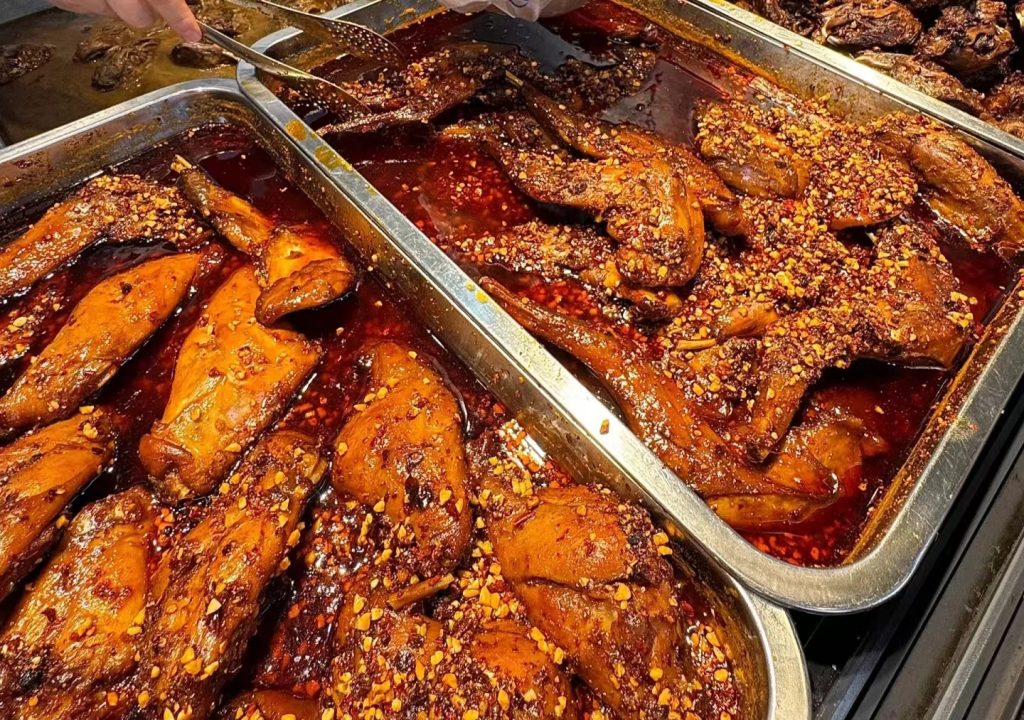
- Zhong Shui Jiao (钟水饺) – These aren’t your average dumplings. Filled with spicy and flavorful Sichuan seasoning, each bite is packed with punch.
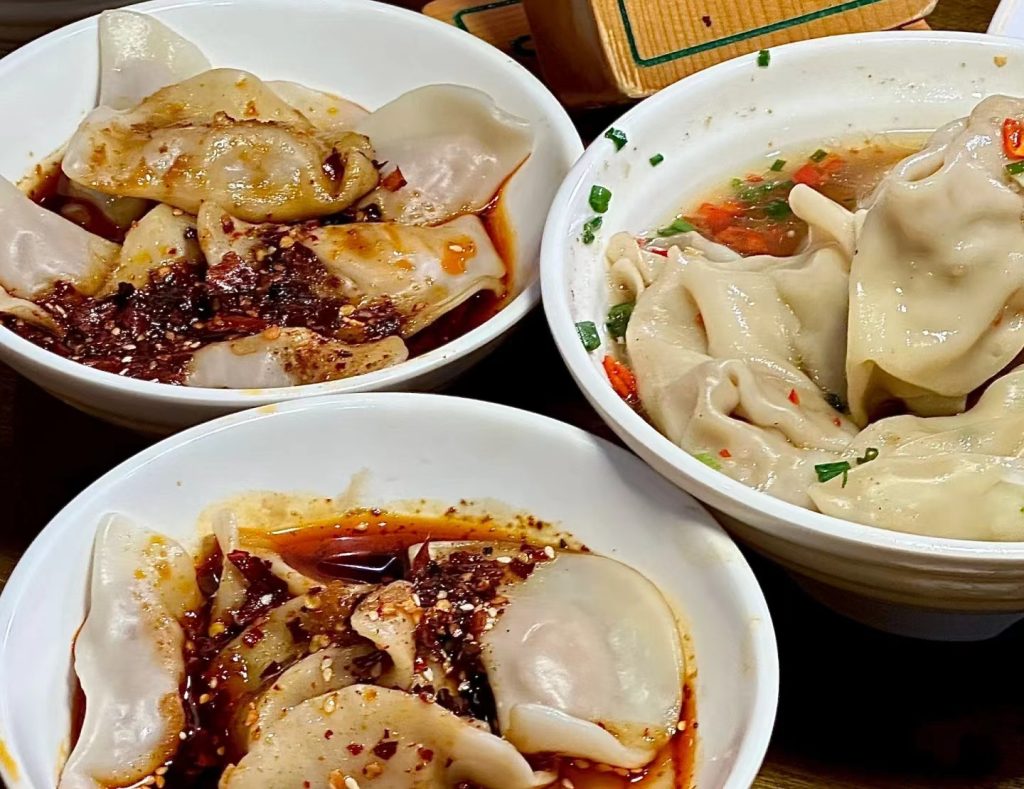
- Long Chao Shou (龙抄手) – A local favorite, these thin-skinned dumplings are filled with savory stuffing and drenched in a spicy red oil soup. It’s the kind of dish you can’t stop eating once you start
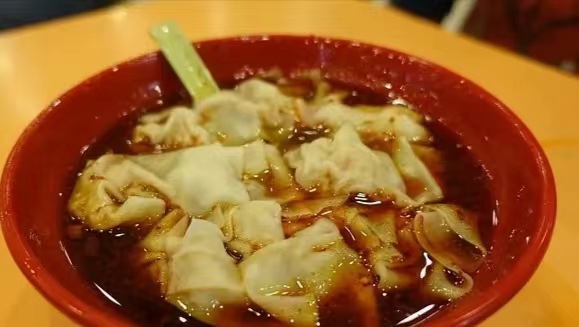
For dessert, try Bingfen (冰粉), a cool, refreshing traditional treat made with jelly-like powder and topped with brown sugar, peanuts, and sesame.
Cultural Exploration in Chengdu | History and Heritage
Beyond its food scene, Chengdu boasts a rich cultural heritage. As one of China’s ancient capitals, it’s home to fascinating historical sites and cultural landmarks.
Wuhou Shrine: A Trip Back to the Three Kingdoms
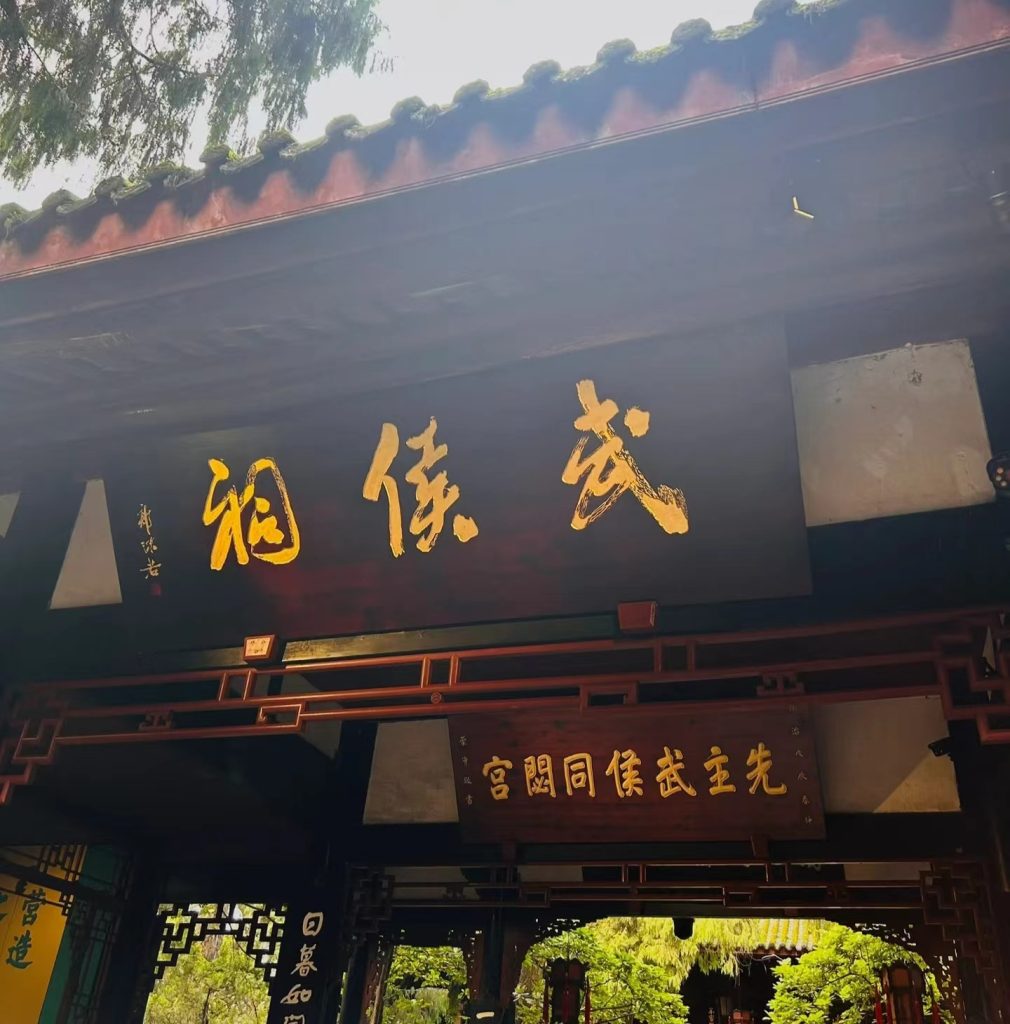
A visit to the Wuhou Shrine is a must for history enthusiasts. Dedicated to Zhuge Liang, the famed strategist from the Three Kingdoms period, this temple provides a glimpse into one of China’s most famous historical figures. It’s filled with relics and sculptures that narrate the story of Zhuge Liang’s wisdom and sacrifices.
Chengdu Giant Panda Base: A Heartwarming Encounter
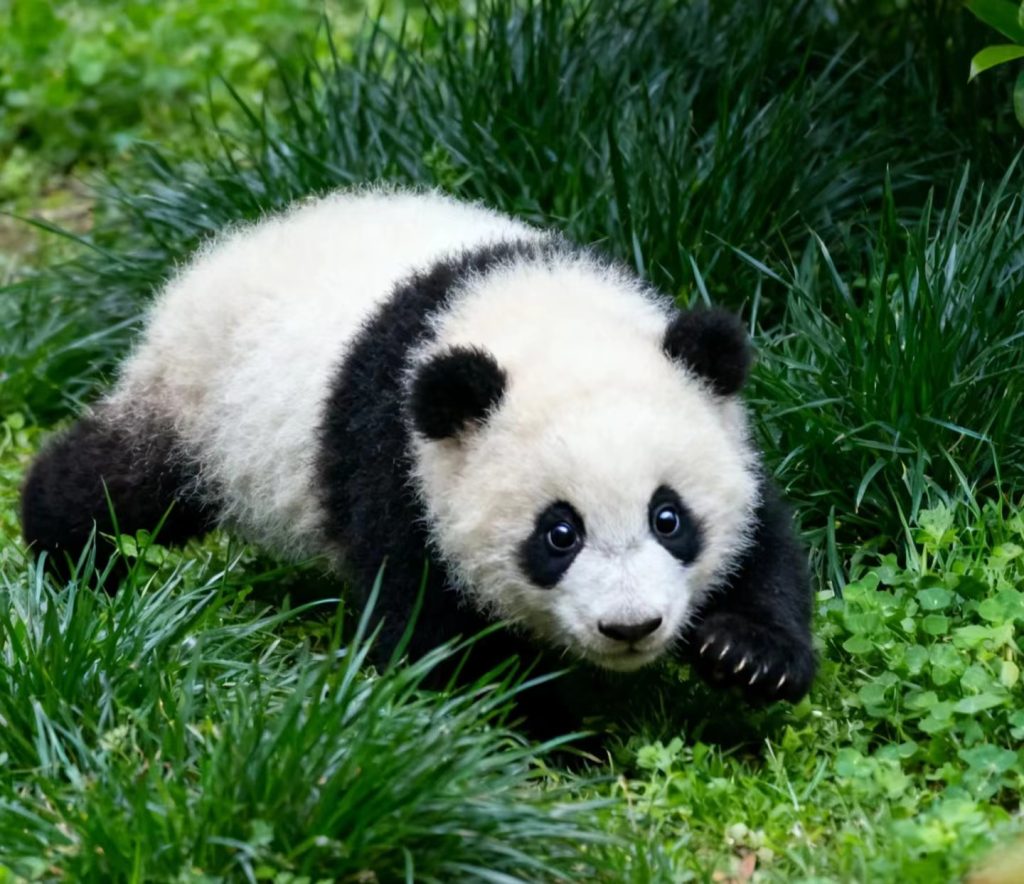
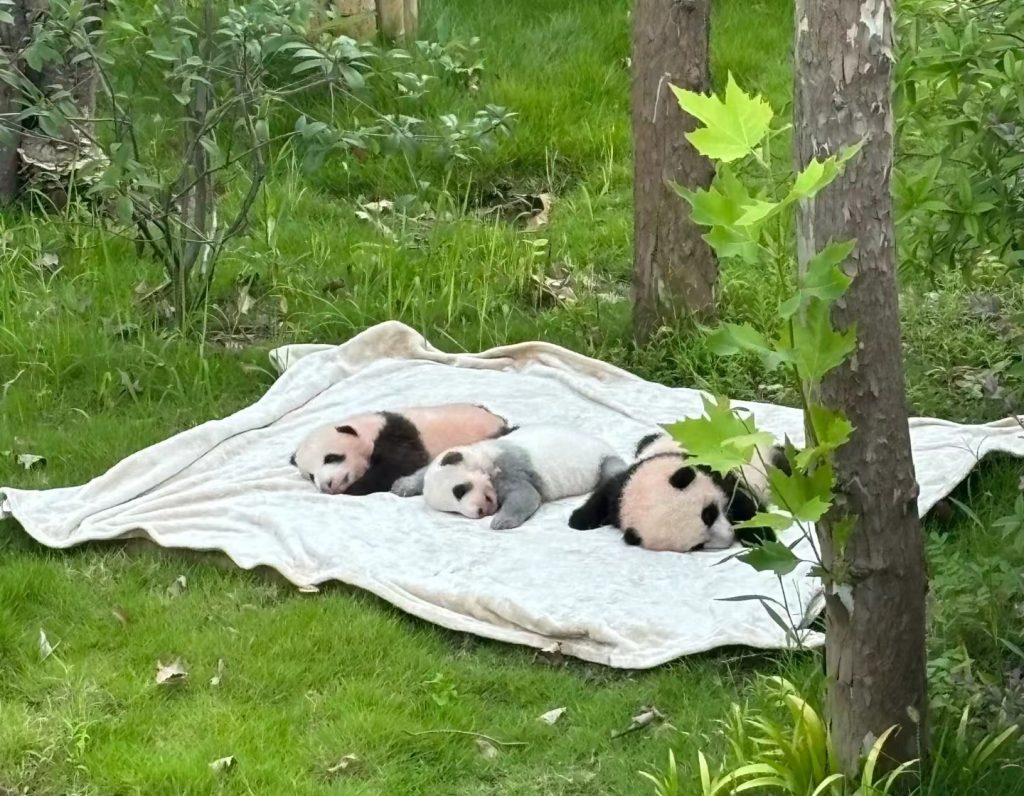
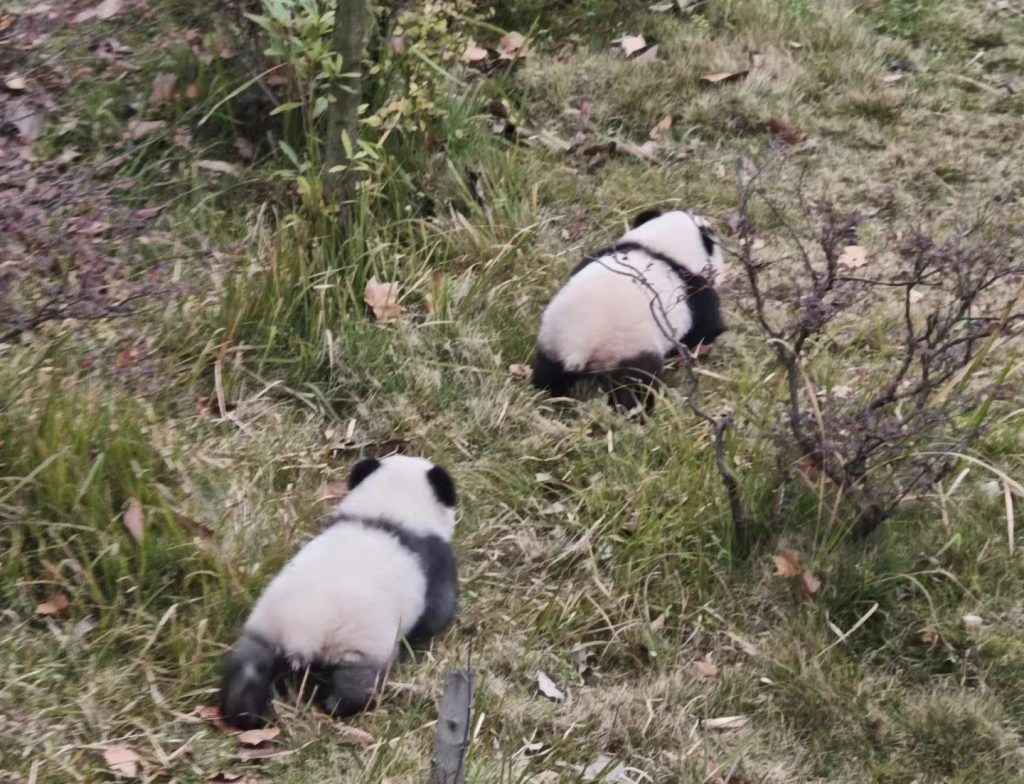
If you’re a nature lover or animal enthusiast, Chengdu Giant Panda Base is an absolute must-see. Watching these adorable creatures munch on bamboo is enough to melt anyone’s heart. Early mornings are the best time to visit, as the pandas are most active during this time, stretching, climbing, and playfully interacting with one another.
Qingcheng Mountain: Embrace Nature and Tranquility
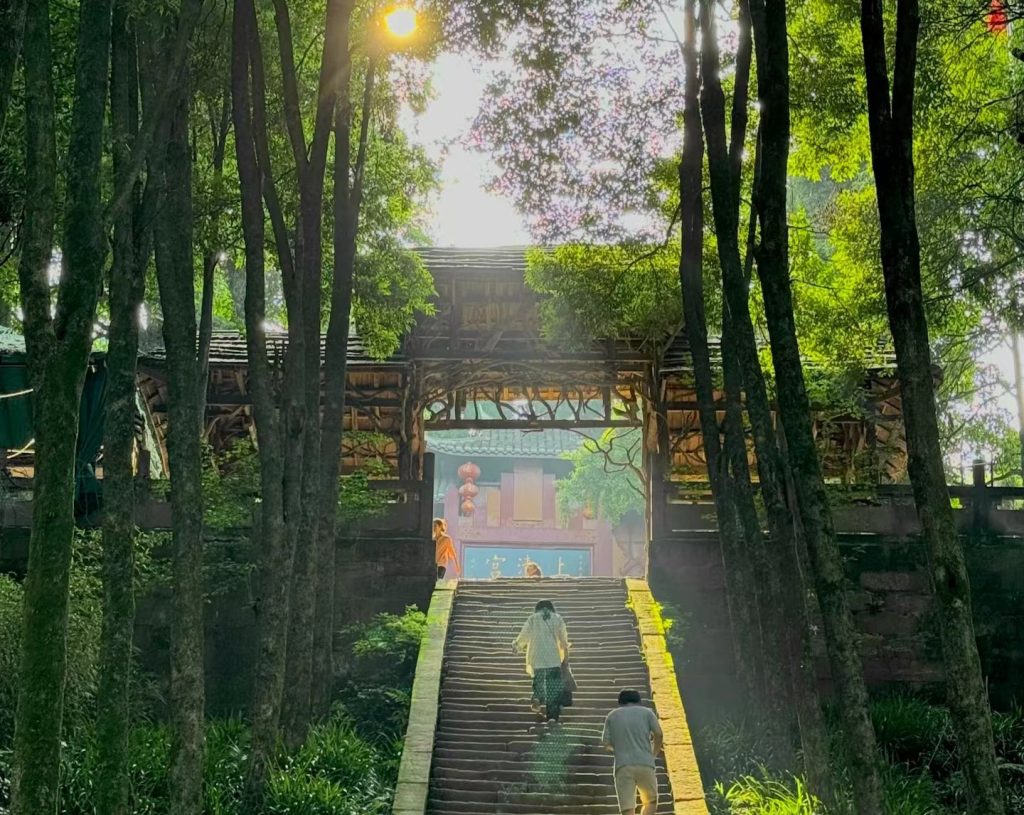
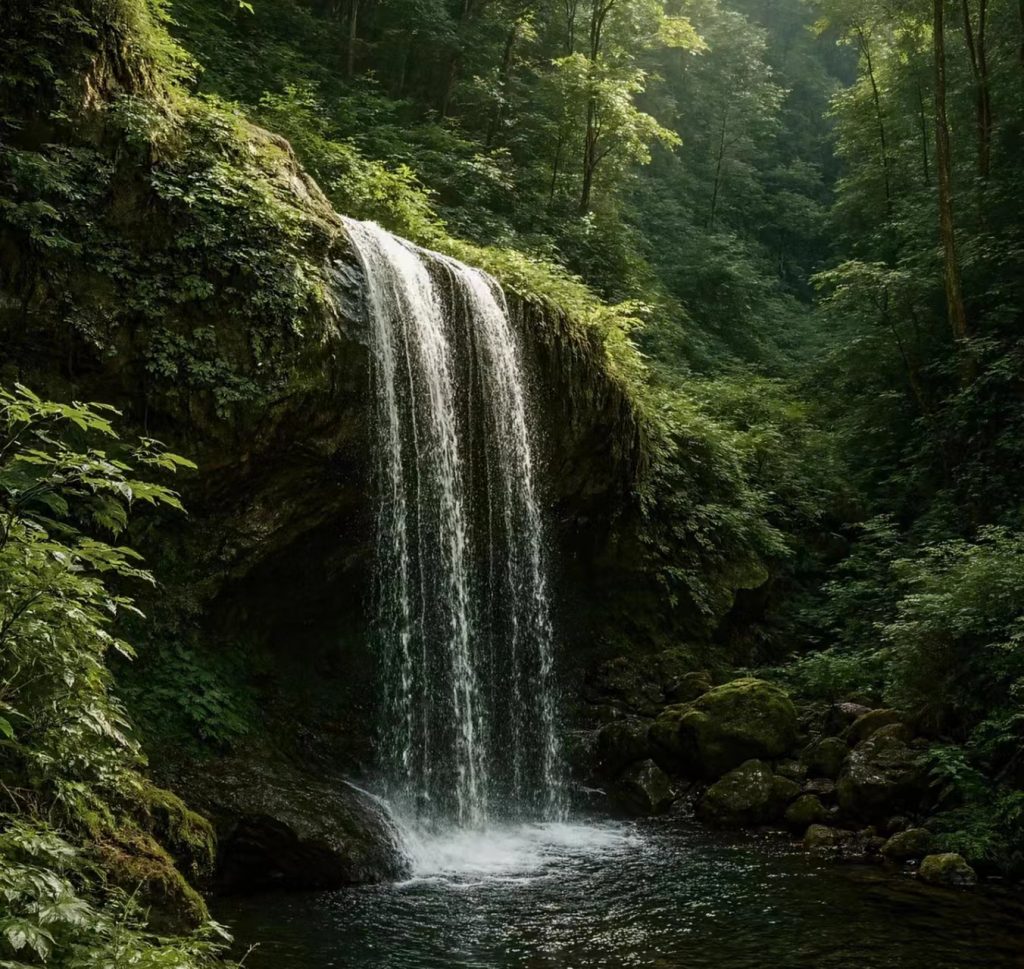
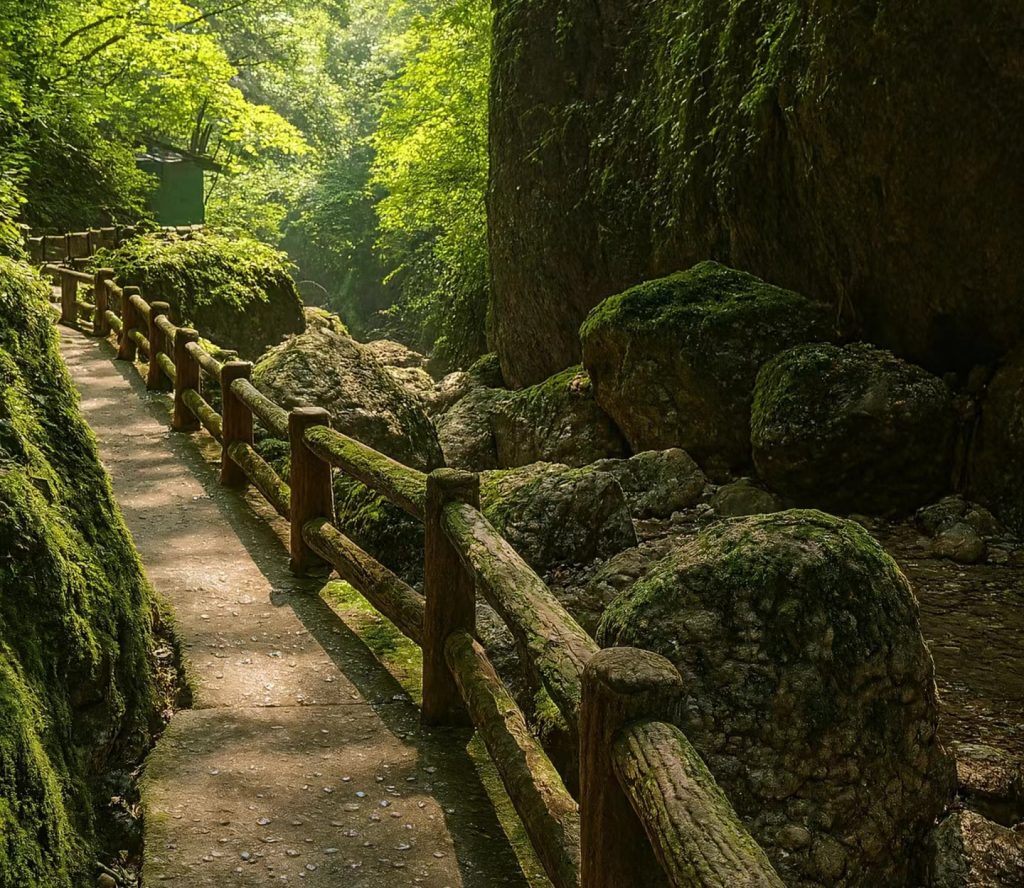
For a more peaceful escape, head to Qingcheng Mountain, one of the birthplaces of Taoism. Surrounded by lush greenery and misty clouds, it’s an ideal place for a short hike. Along the way, you’ll pass ancient Taoist temples and enjoy panoramic views of the surrounding landscape—a perfect way to connect with nature and unwind.
Travel Tips | Making the Most of Your Chengdu Trip
- Getting Around: Getting around Chengdu is easy and convenient. The city has an efficient metro system, plenty of taxis, and shared bikes. For a more local experience, you can ride a rickshaw or electric scooter to explore the streets at a relaxed pace.
- Safety and Etiquette: Chengdu is relatively safe, with excellent public security and management. You’ll find that most restaurants and shops cater to foreigners, with English signage in many places. People are helpful, so don’t hesitate to ask if you need assistance.
If you’re looking for a destination that offers rich cultural heritage, mouthwatering food, and natural beauty, Chengdu is the place to be. With its iconic Sichuan hotpot, charming tea houses, welcoming locals, ancient temples, and giant pandas, it offers something for everyone. Whether you’re traveling solo, with friends, or with family, Chengdu promises a travel experience unlike any other.
